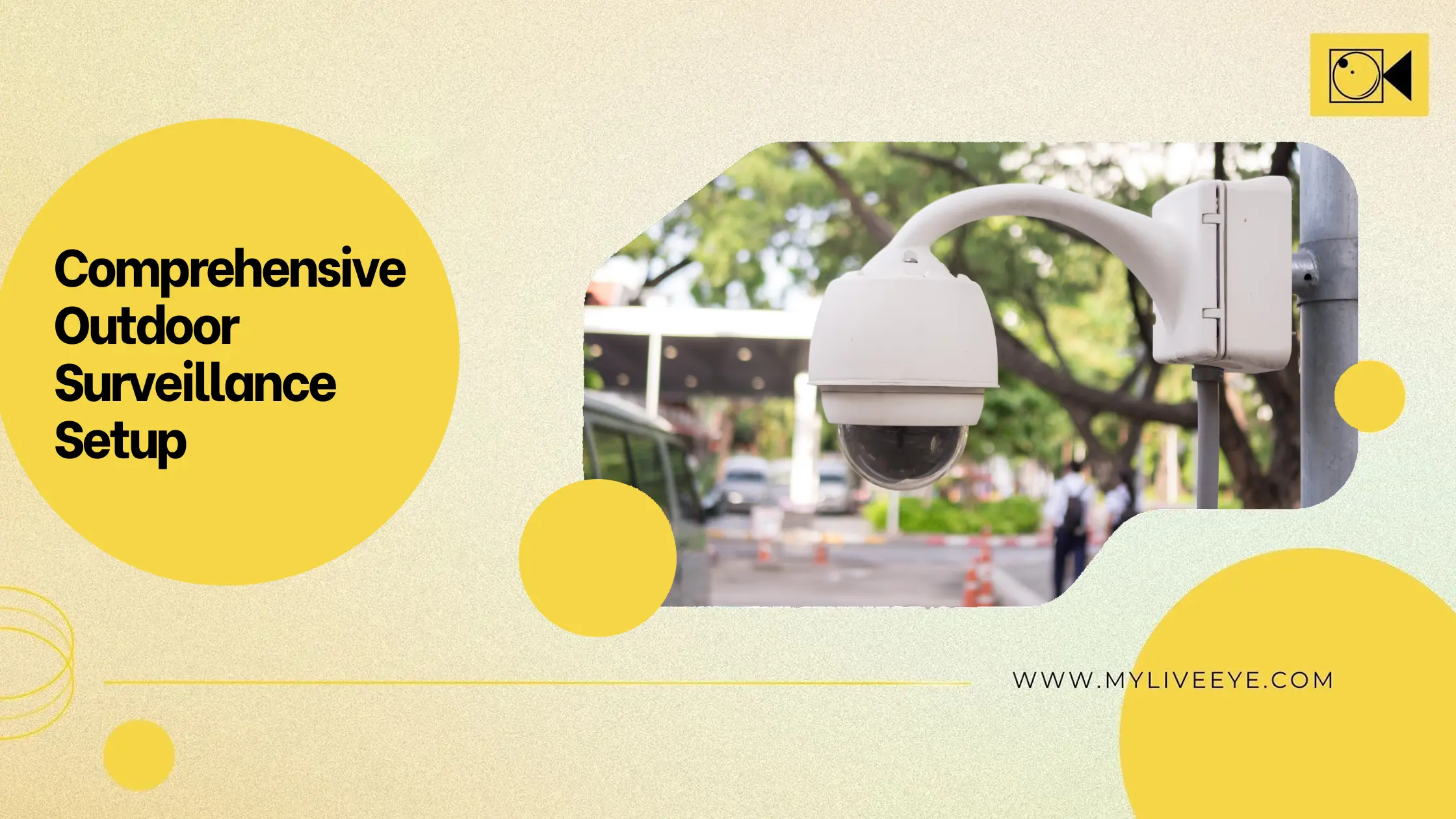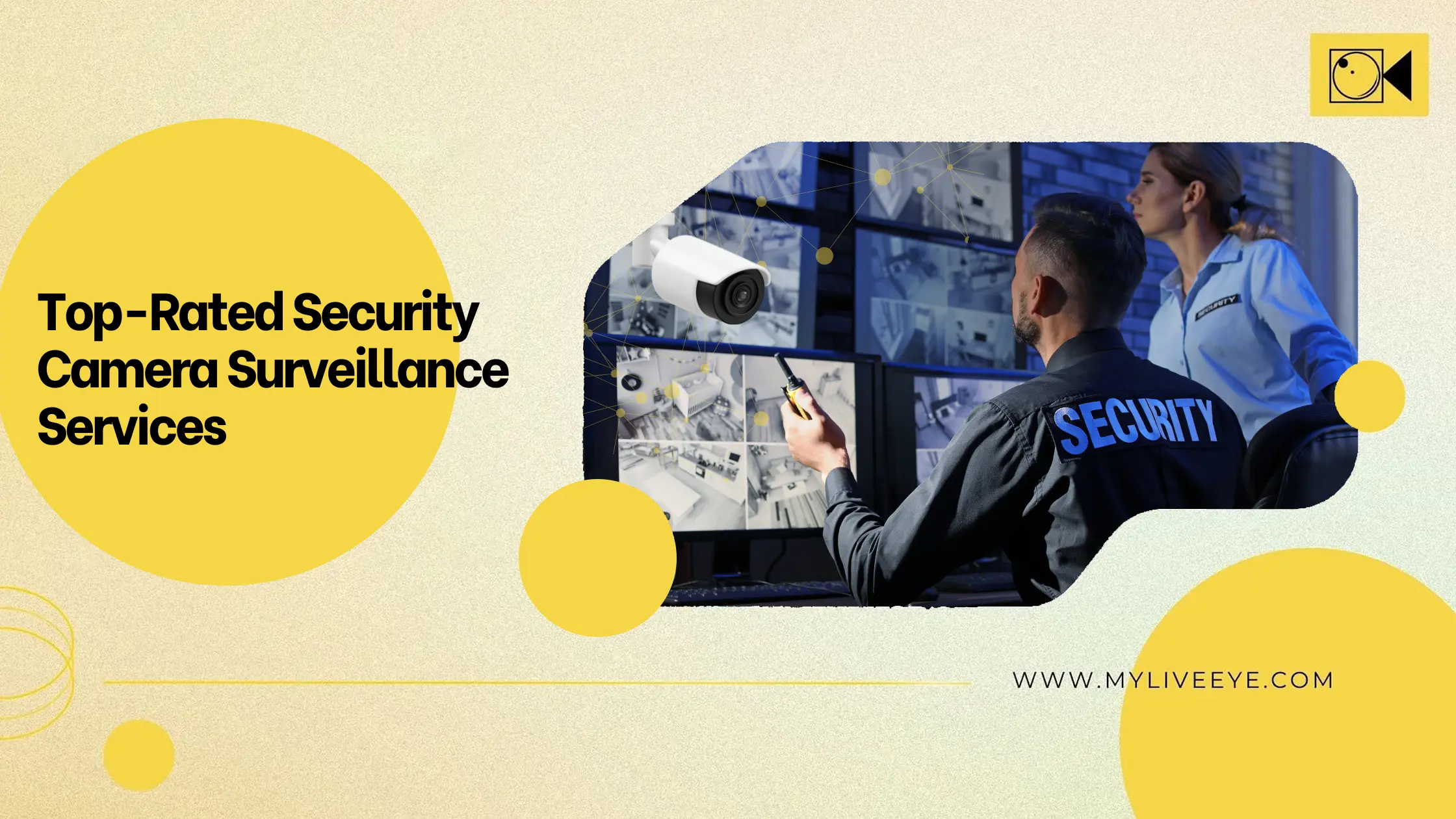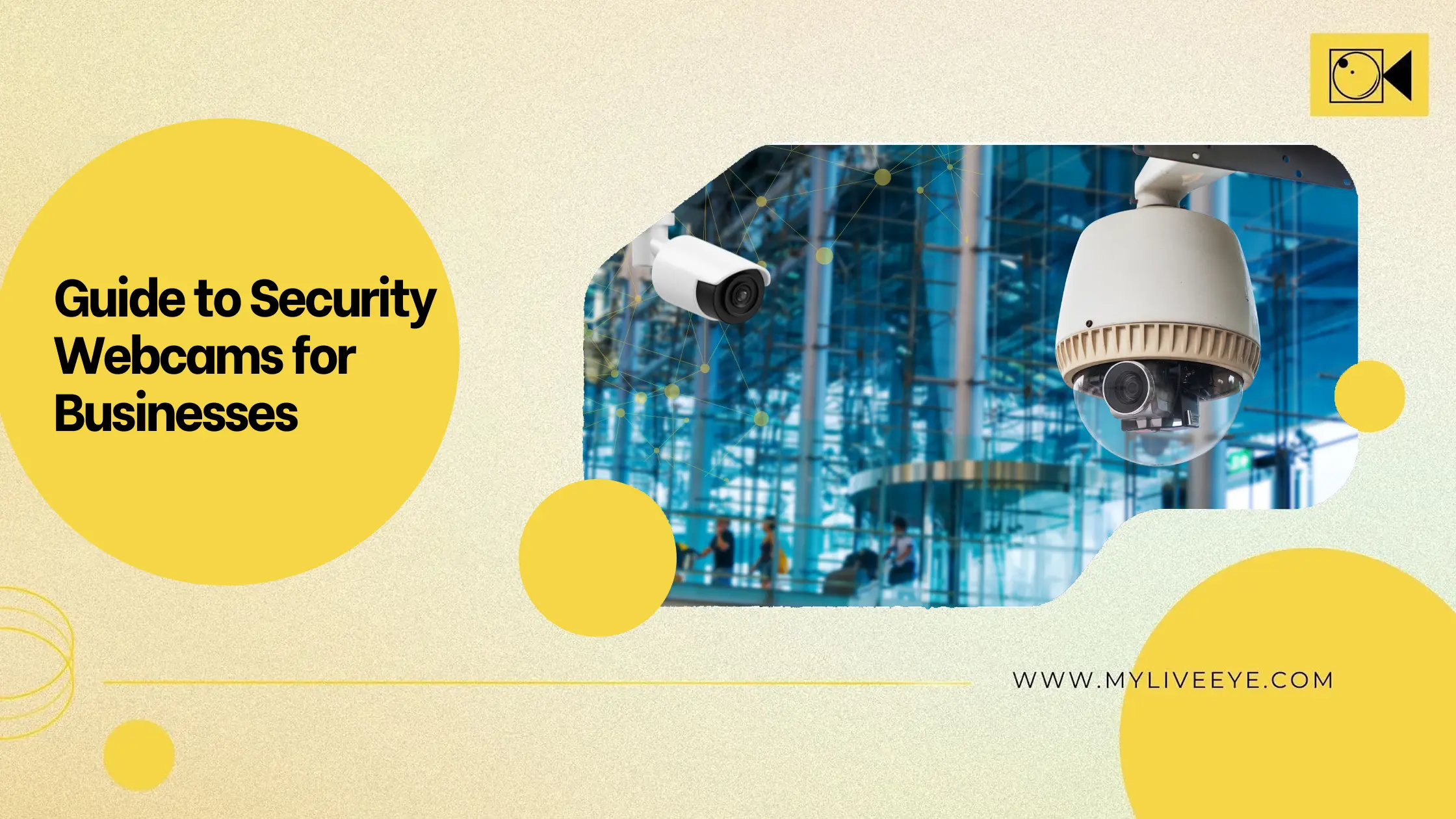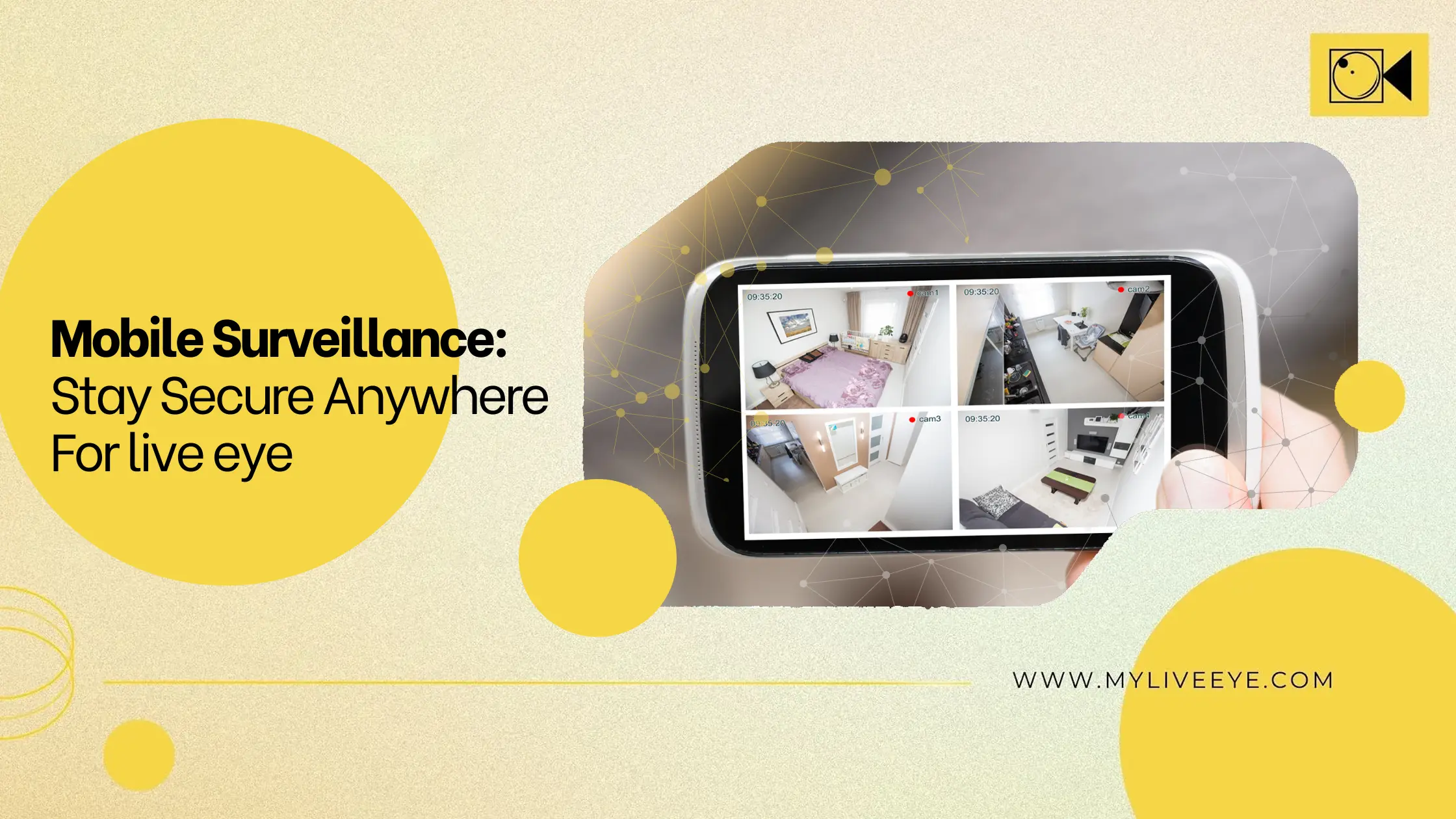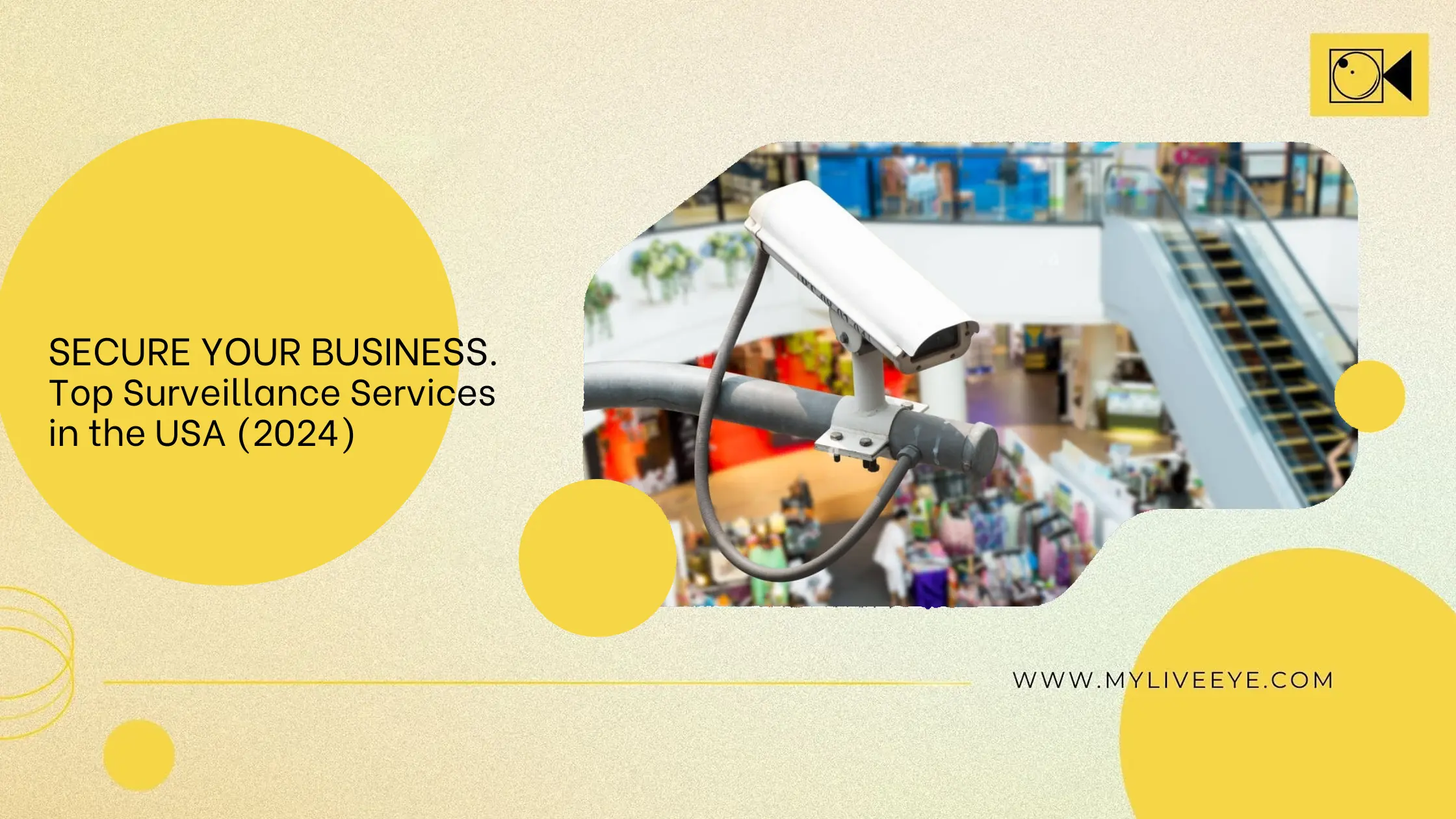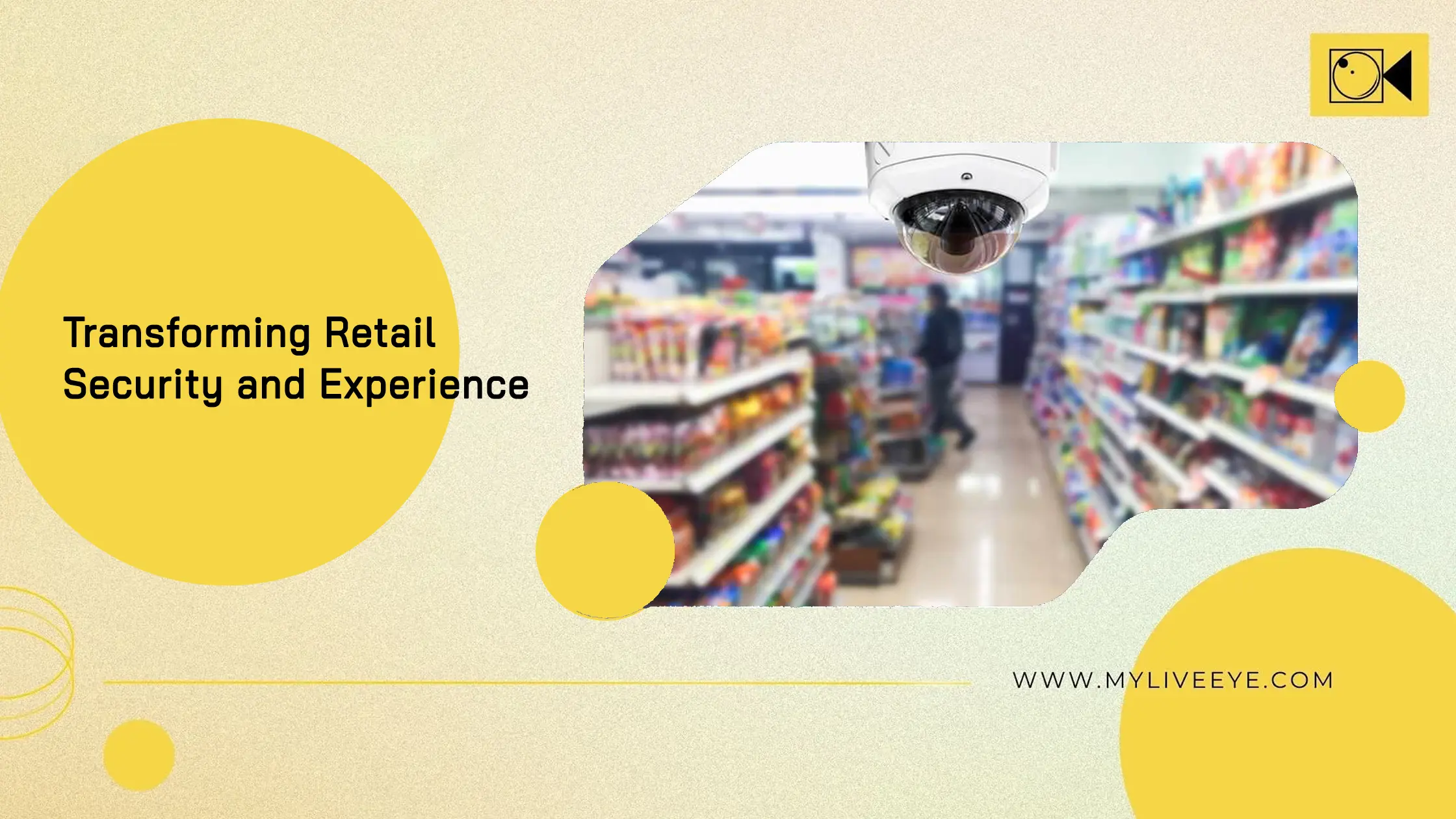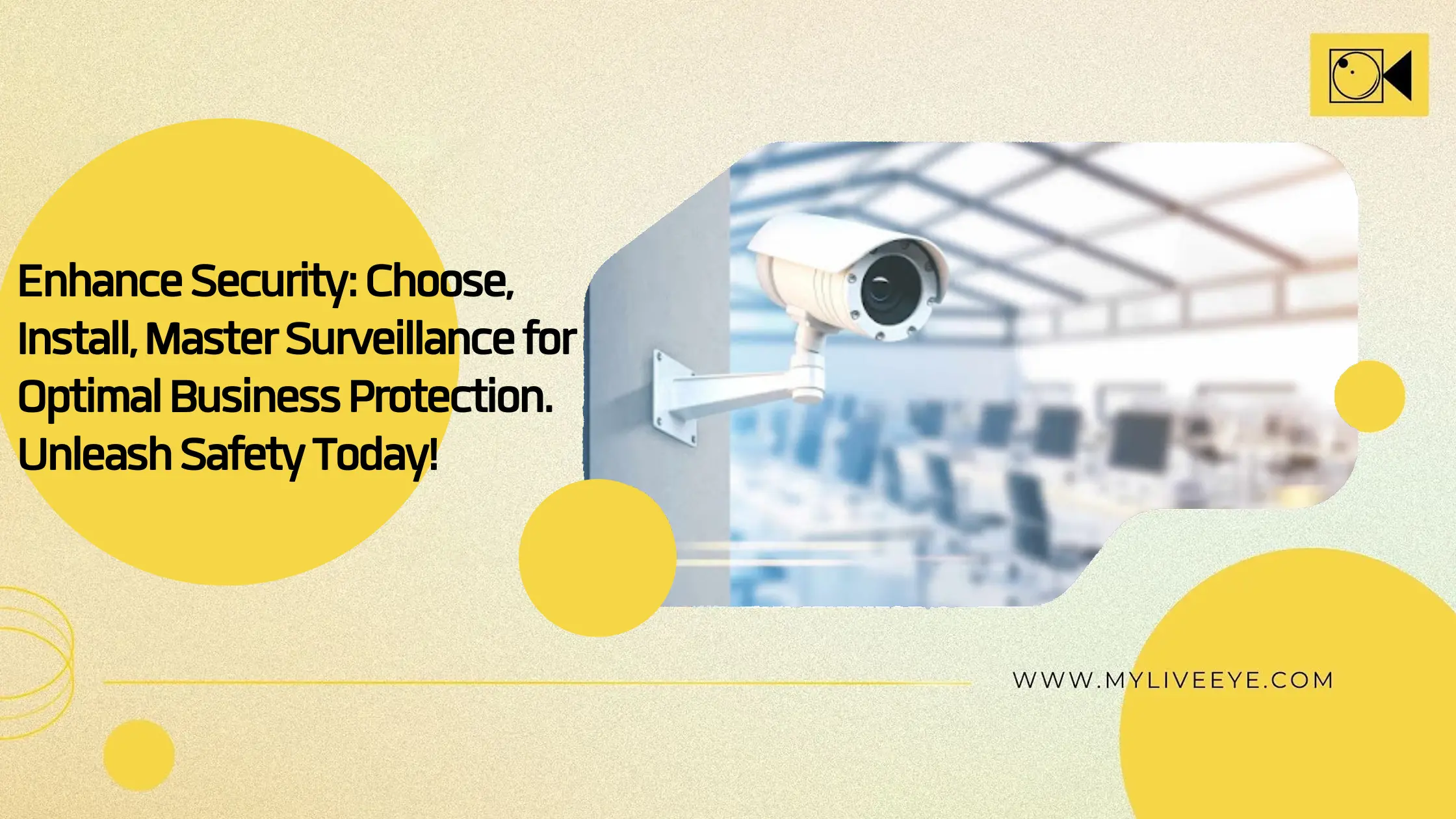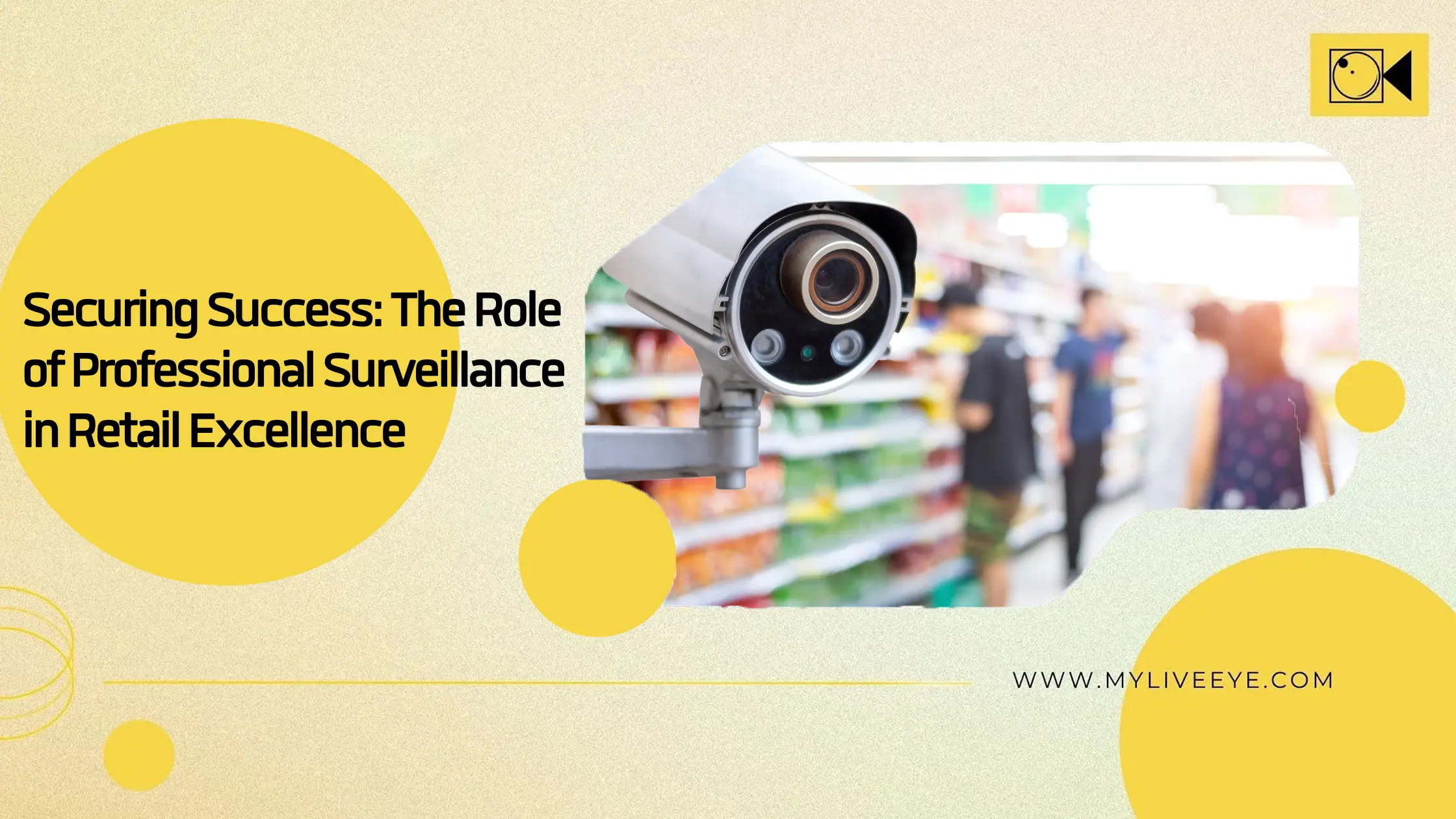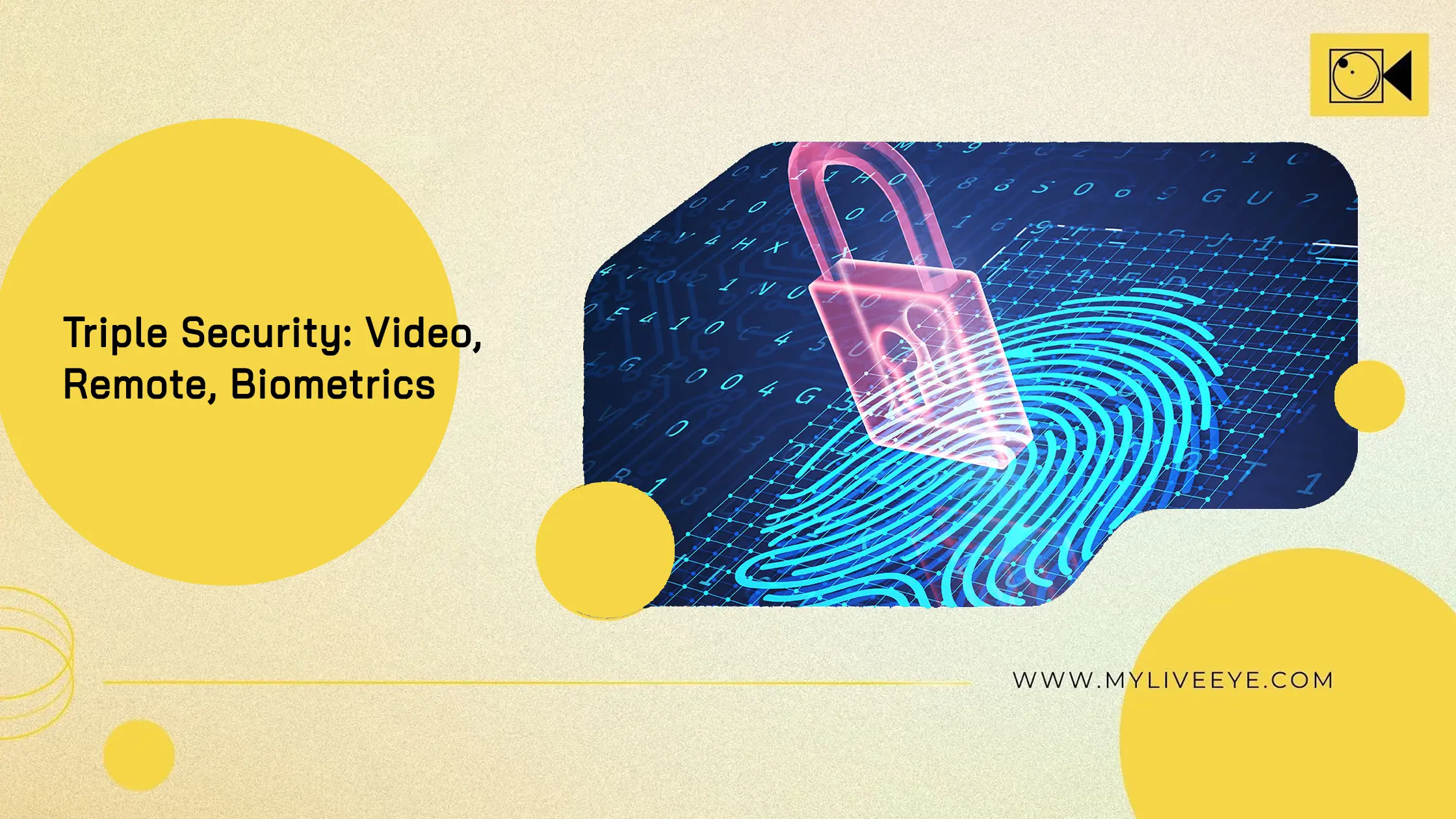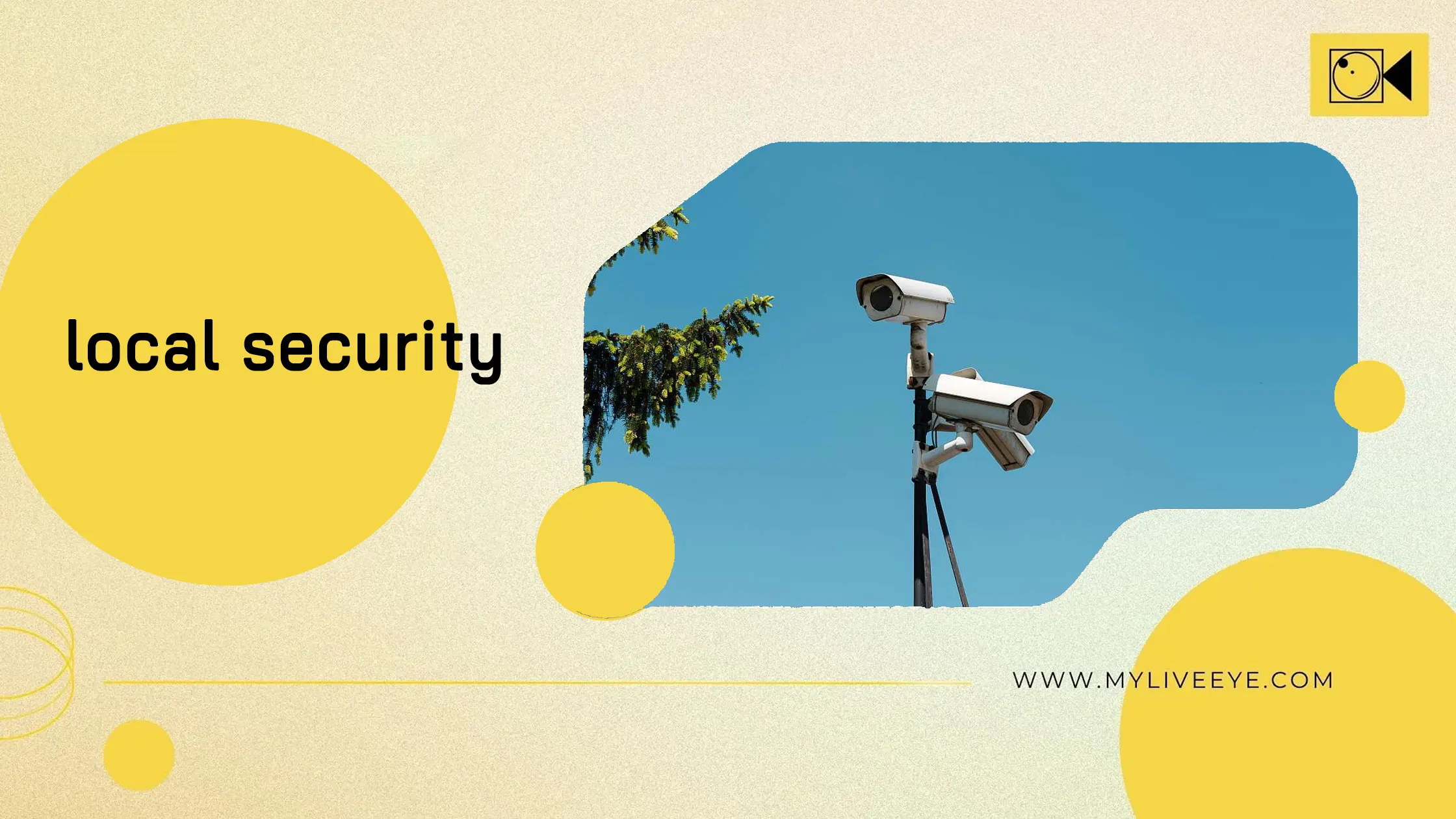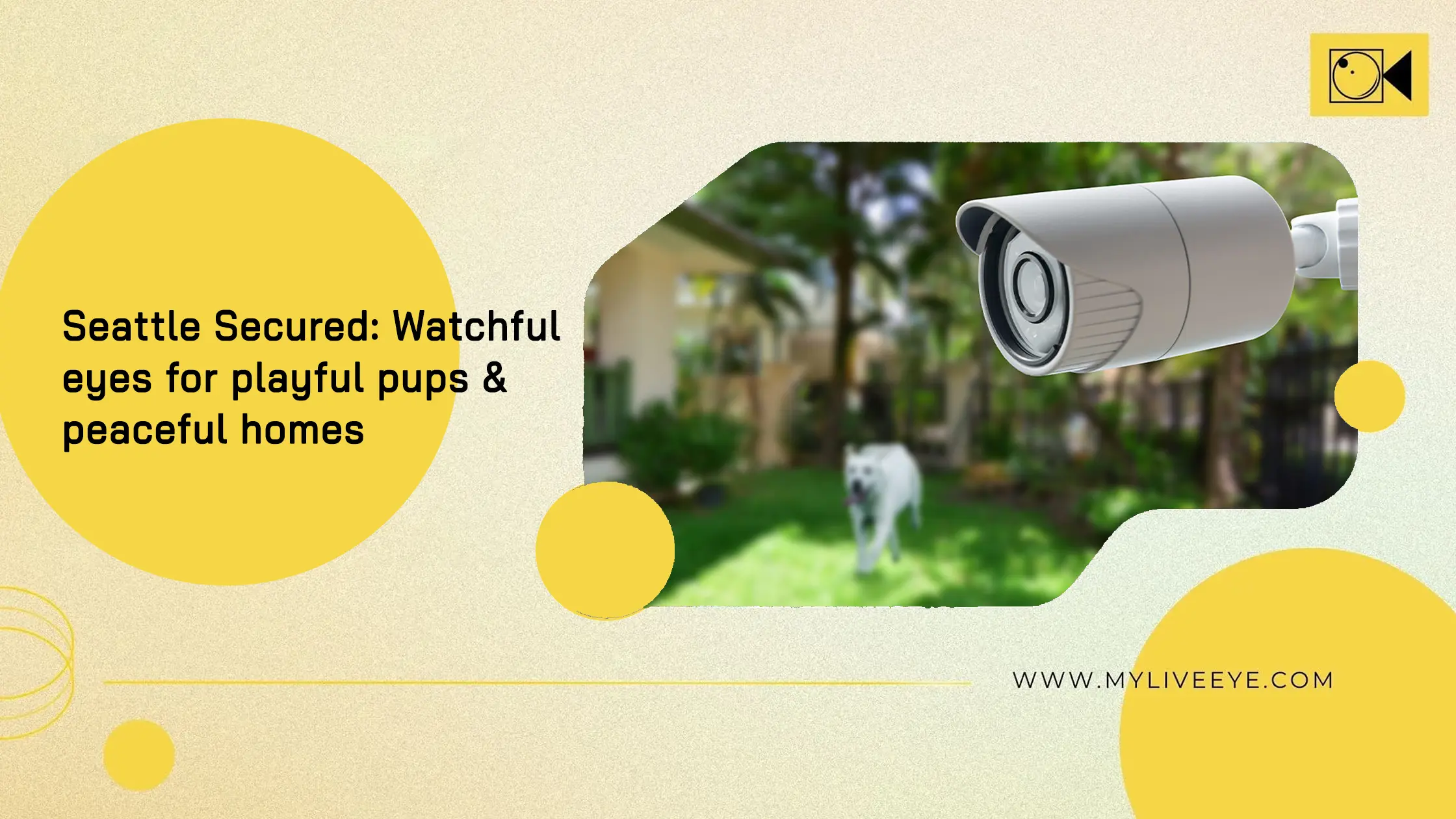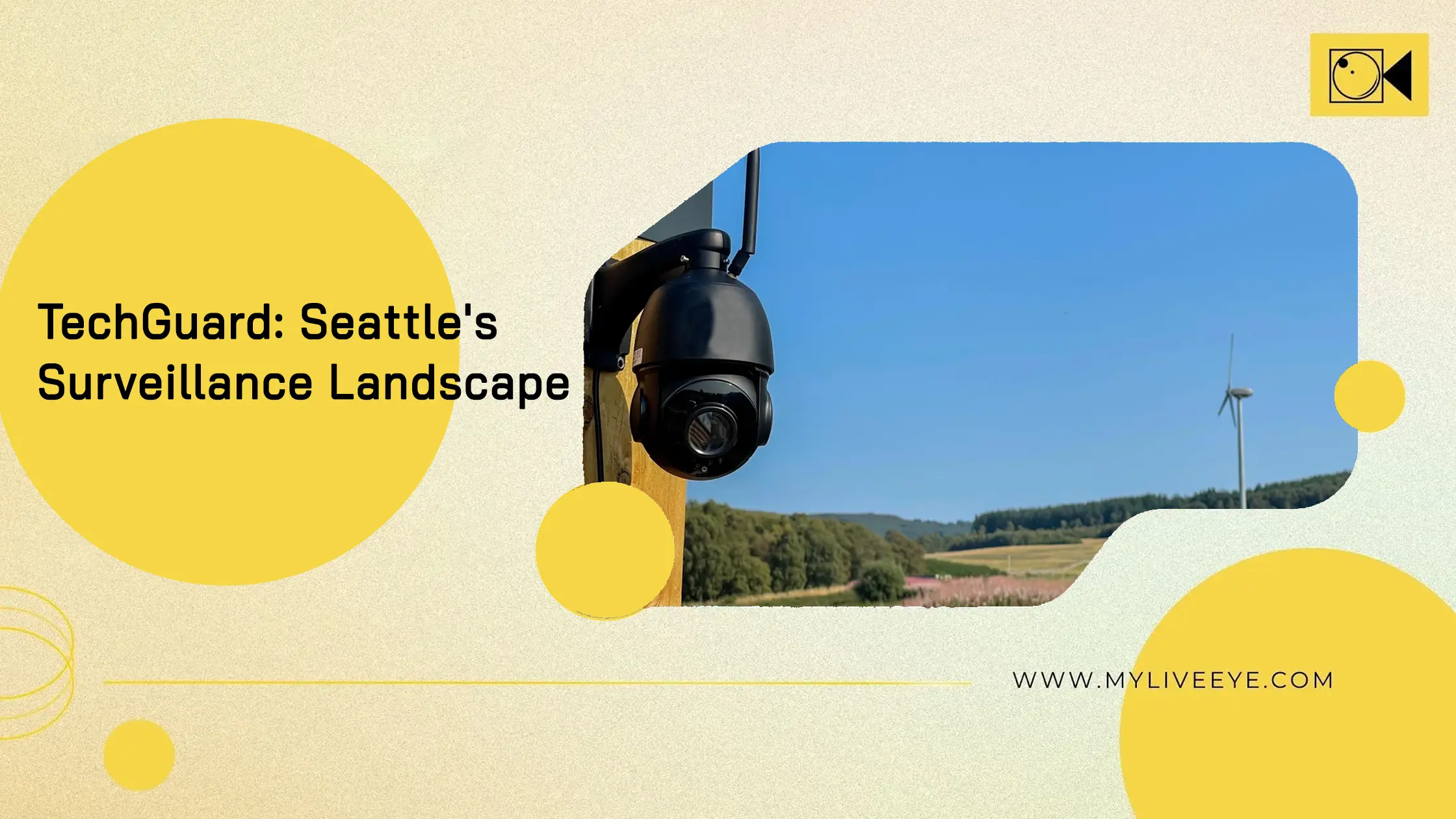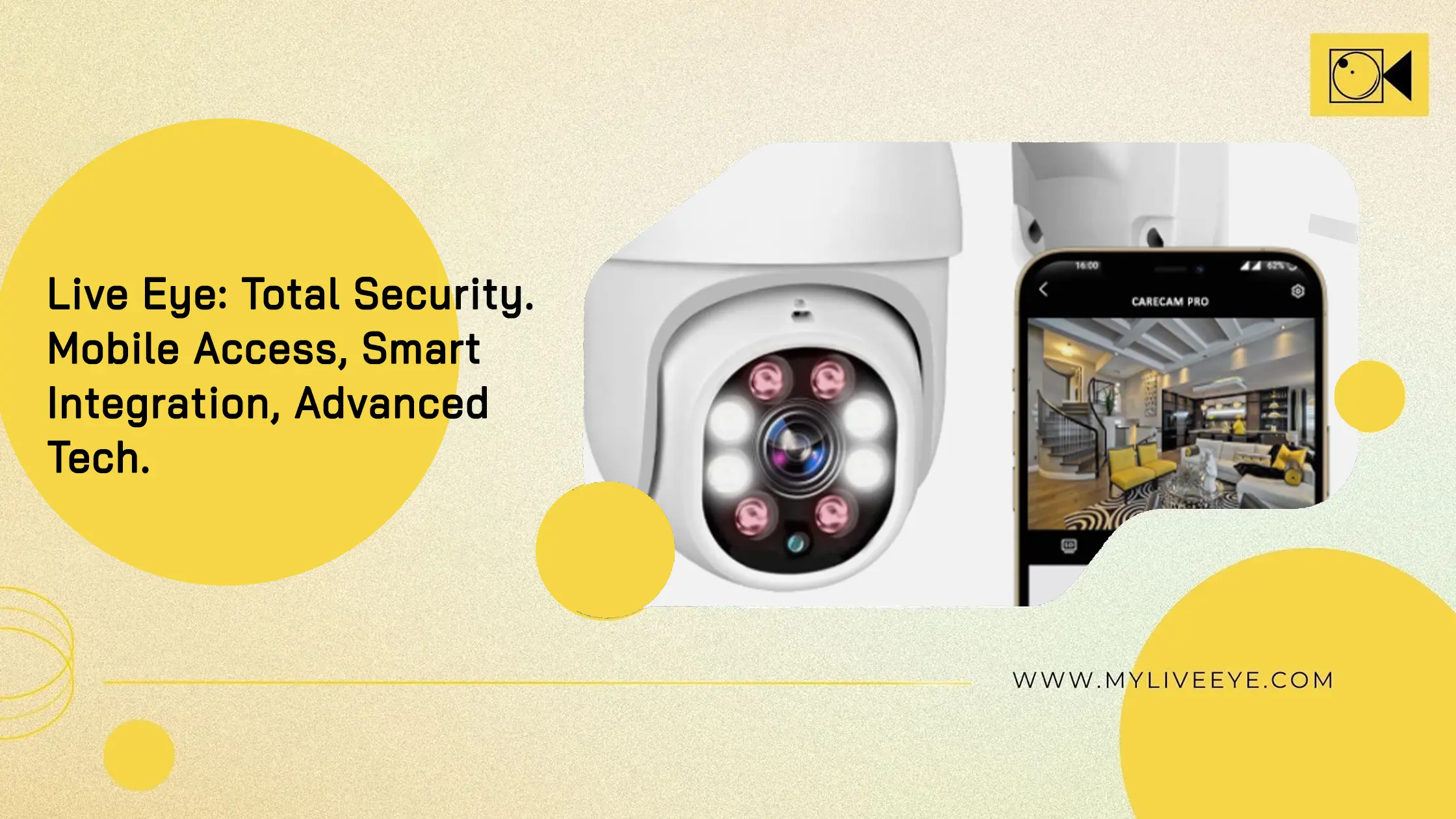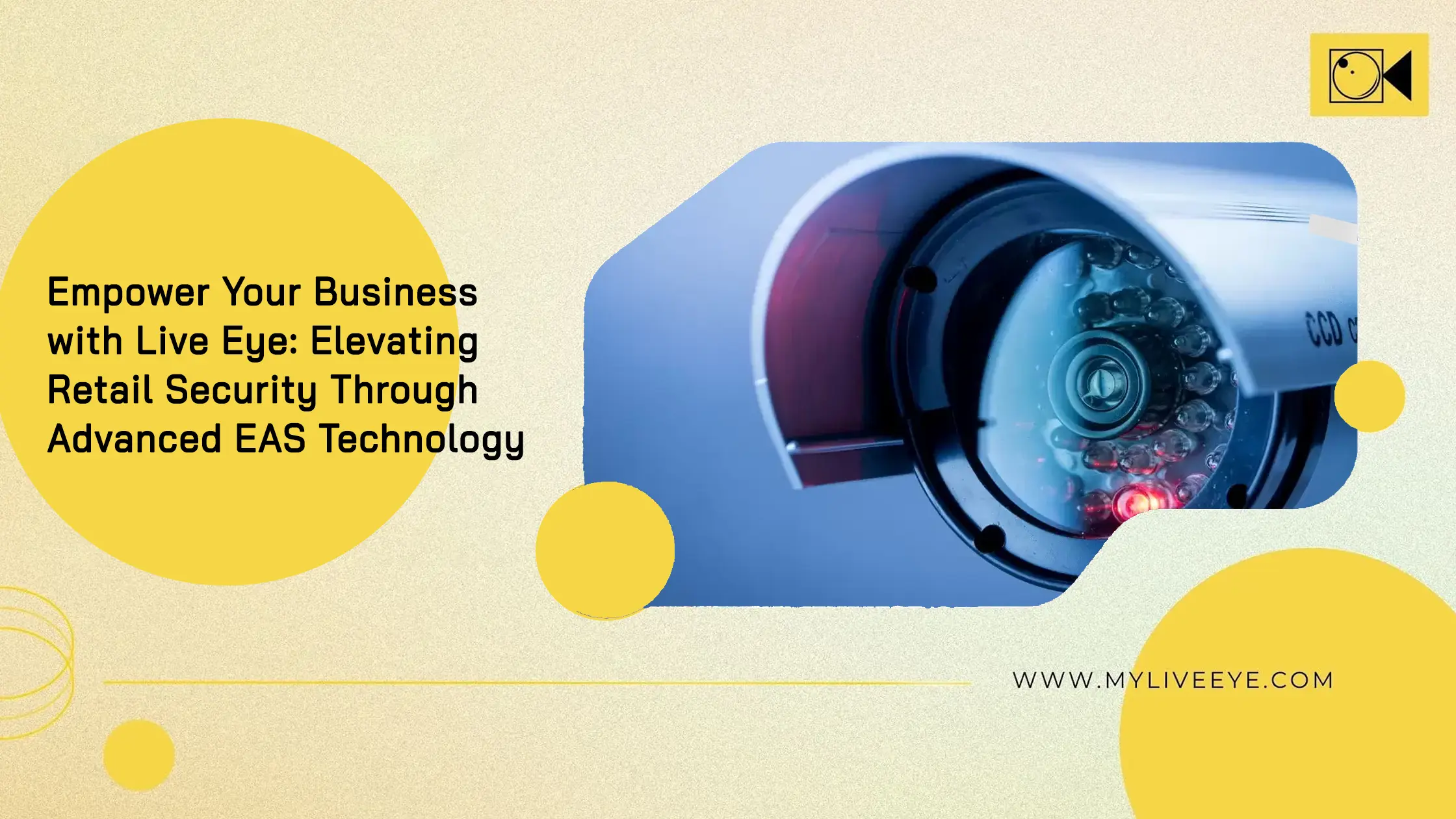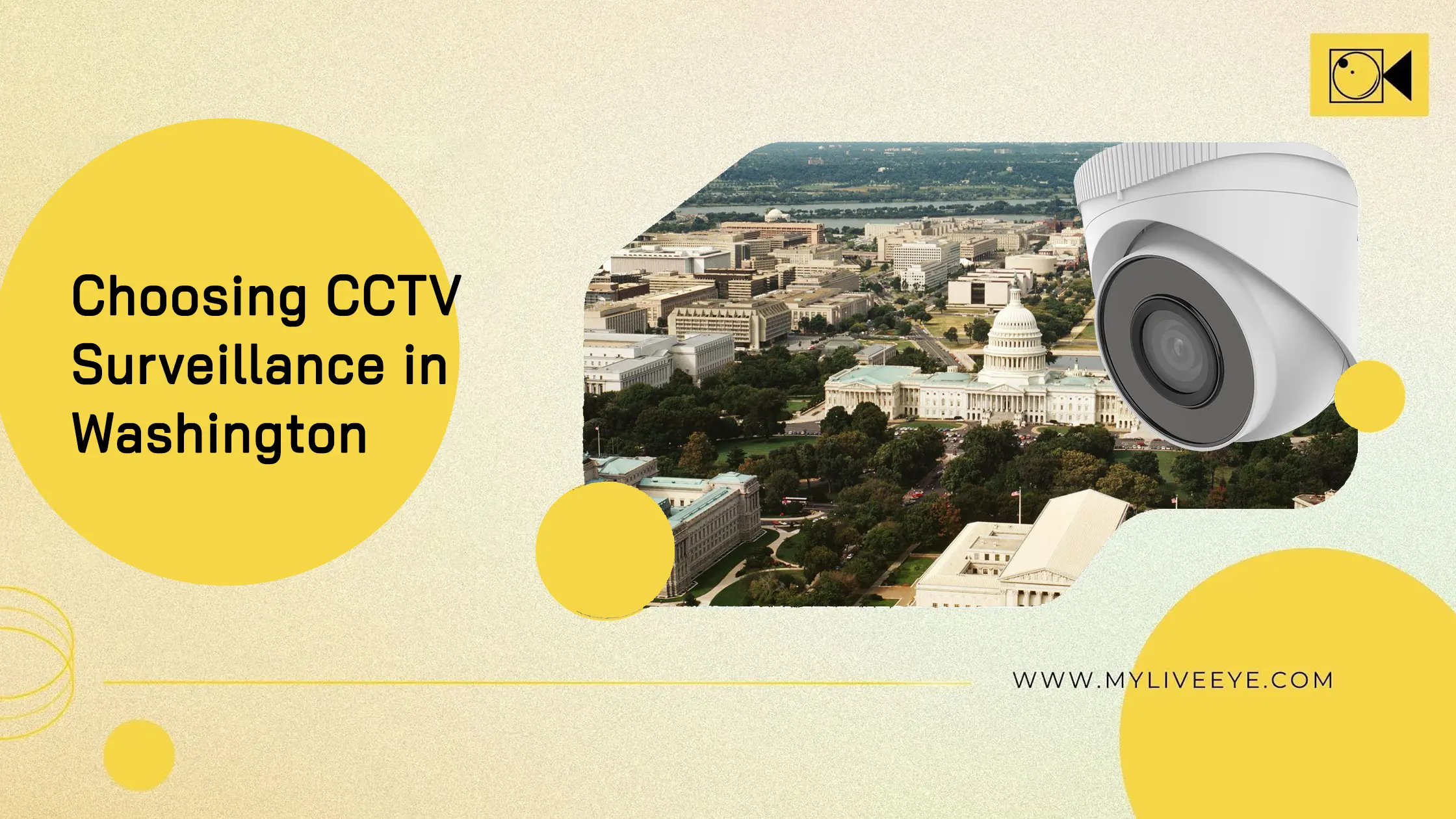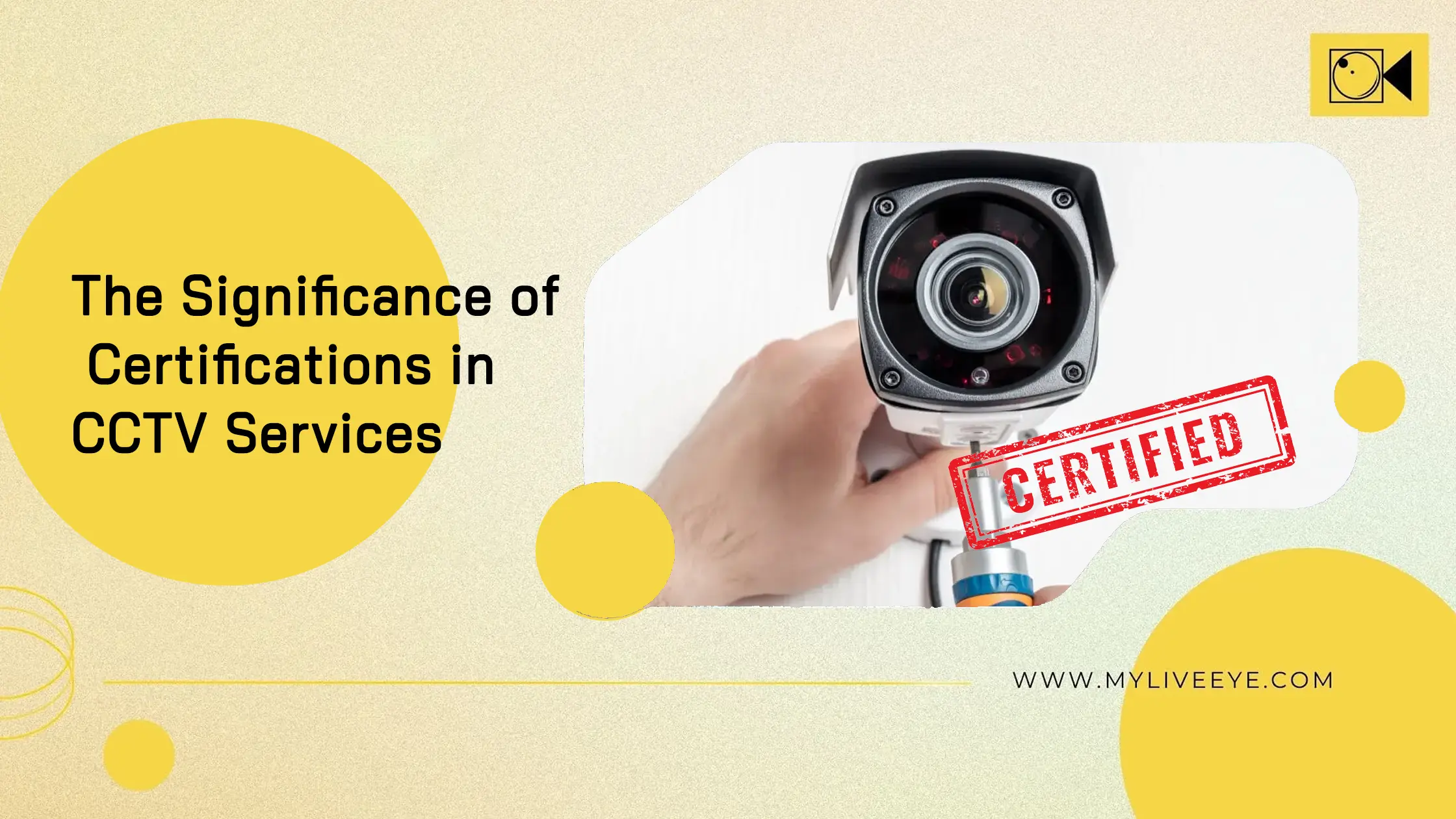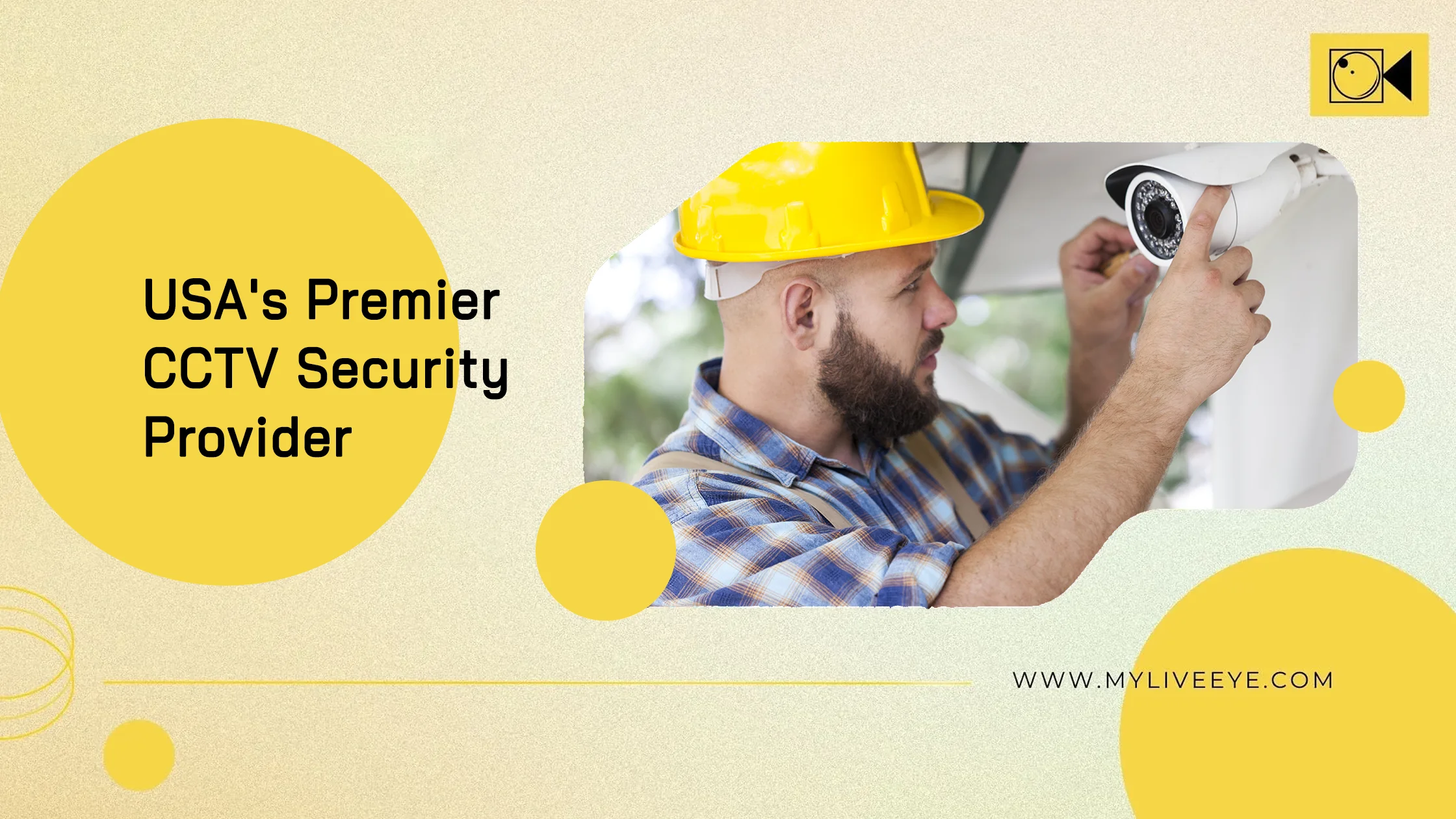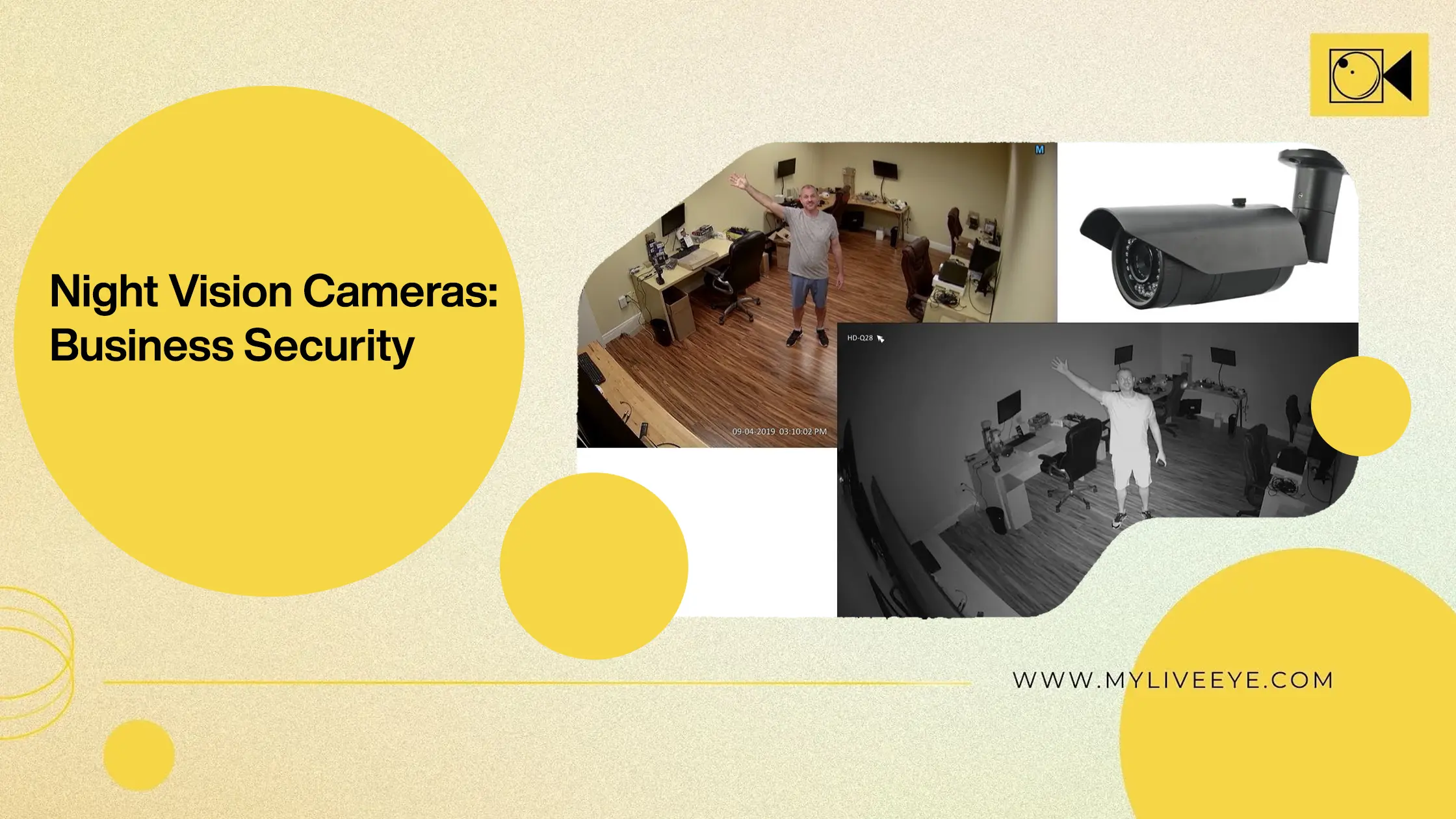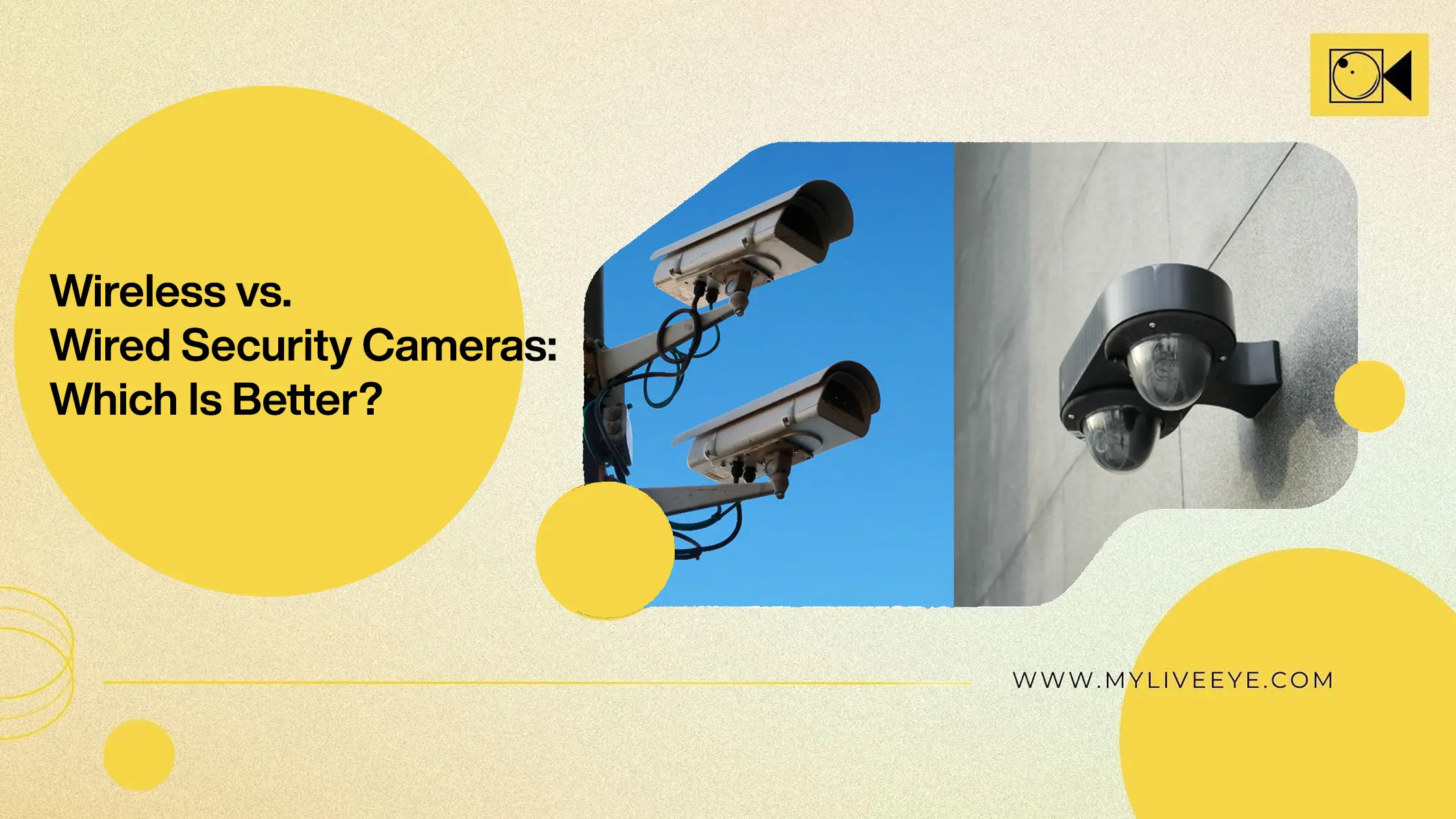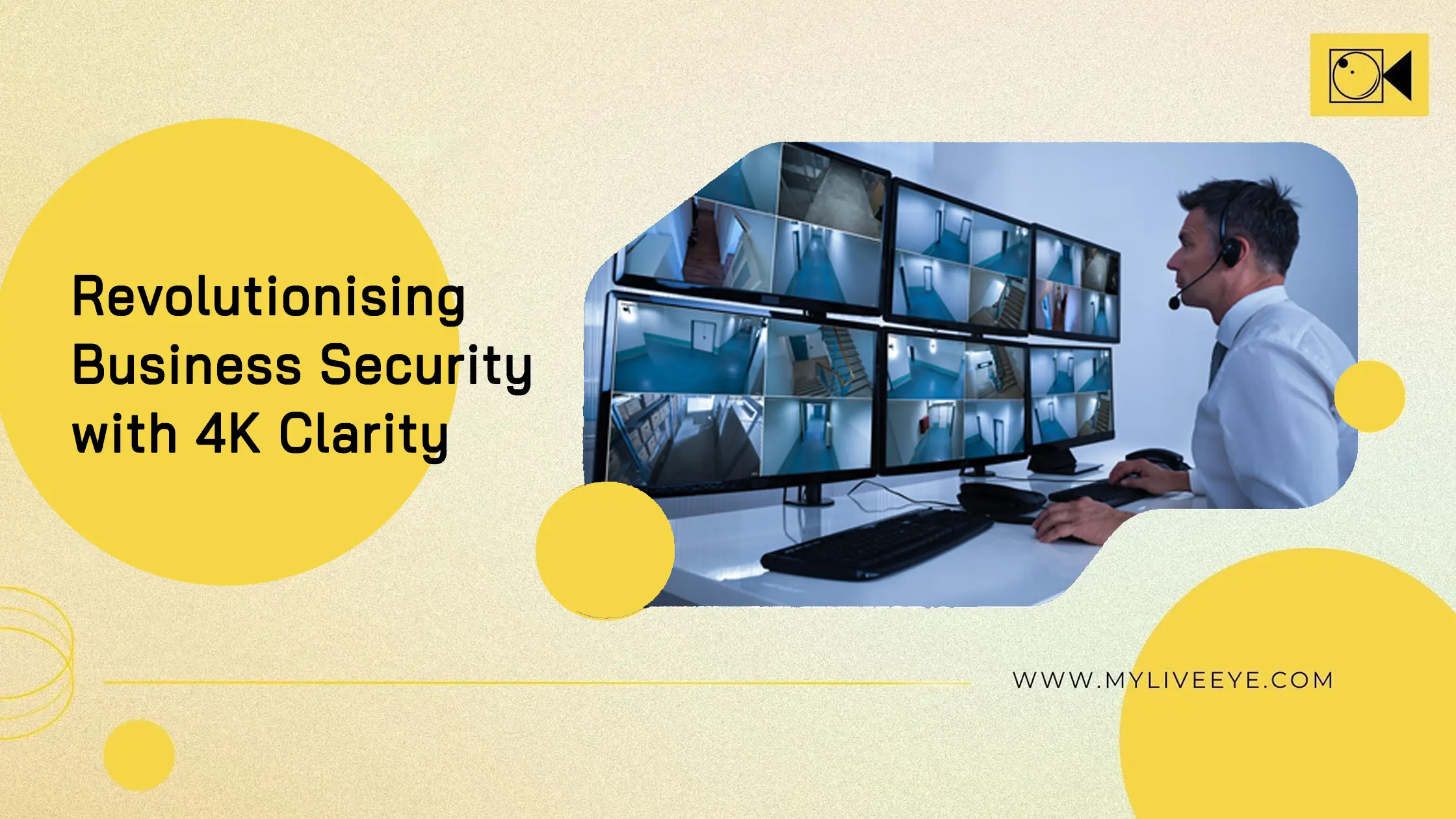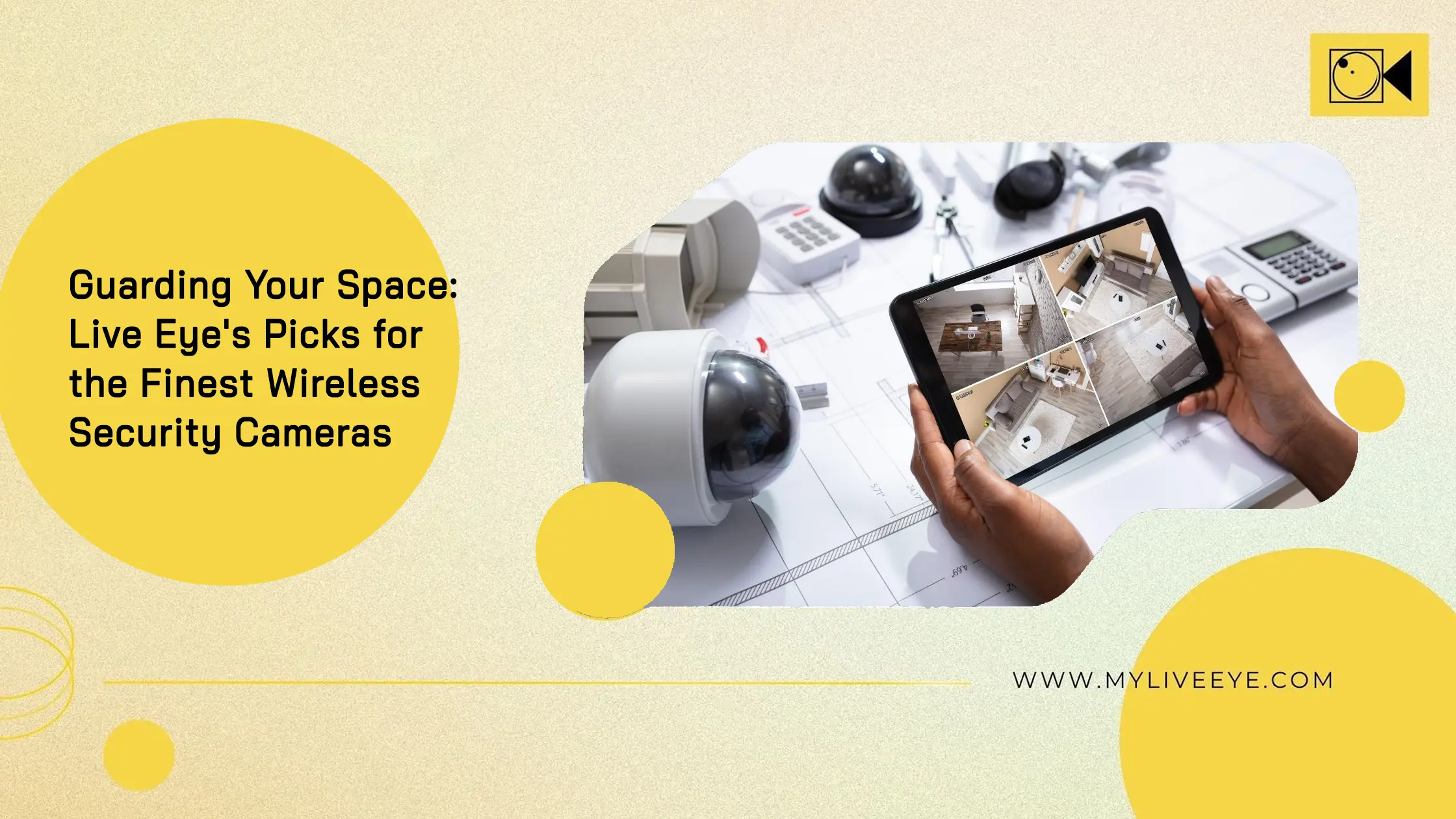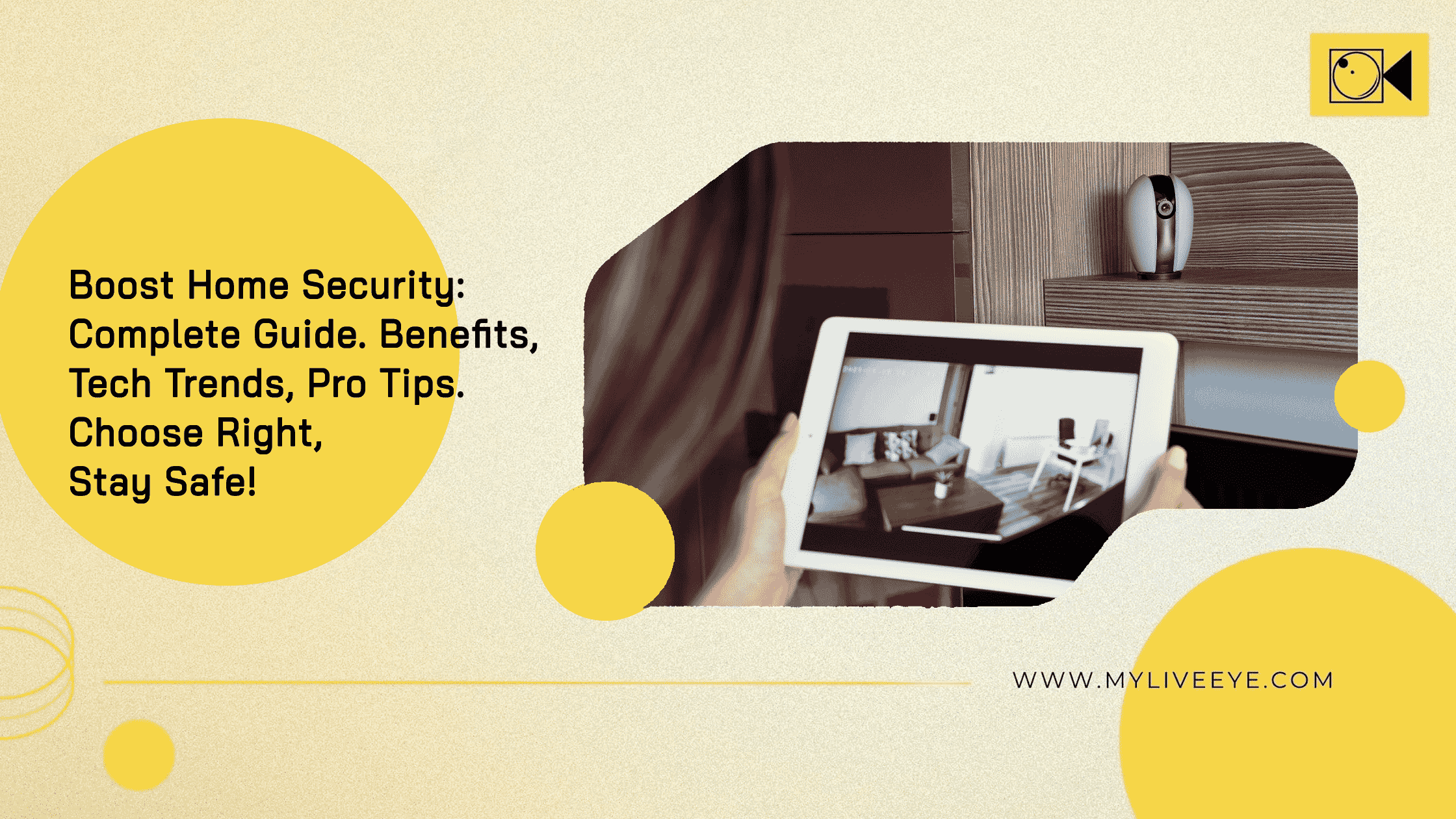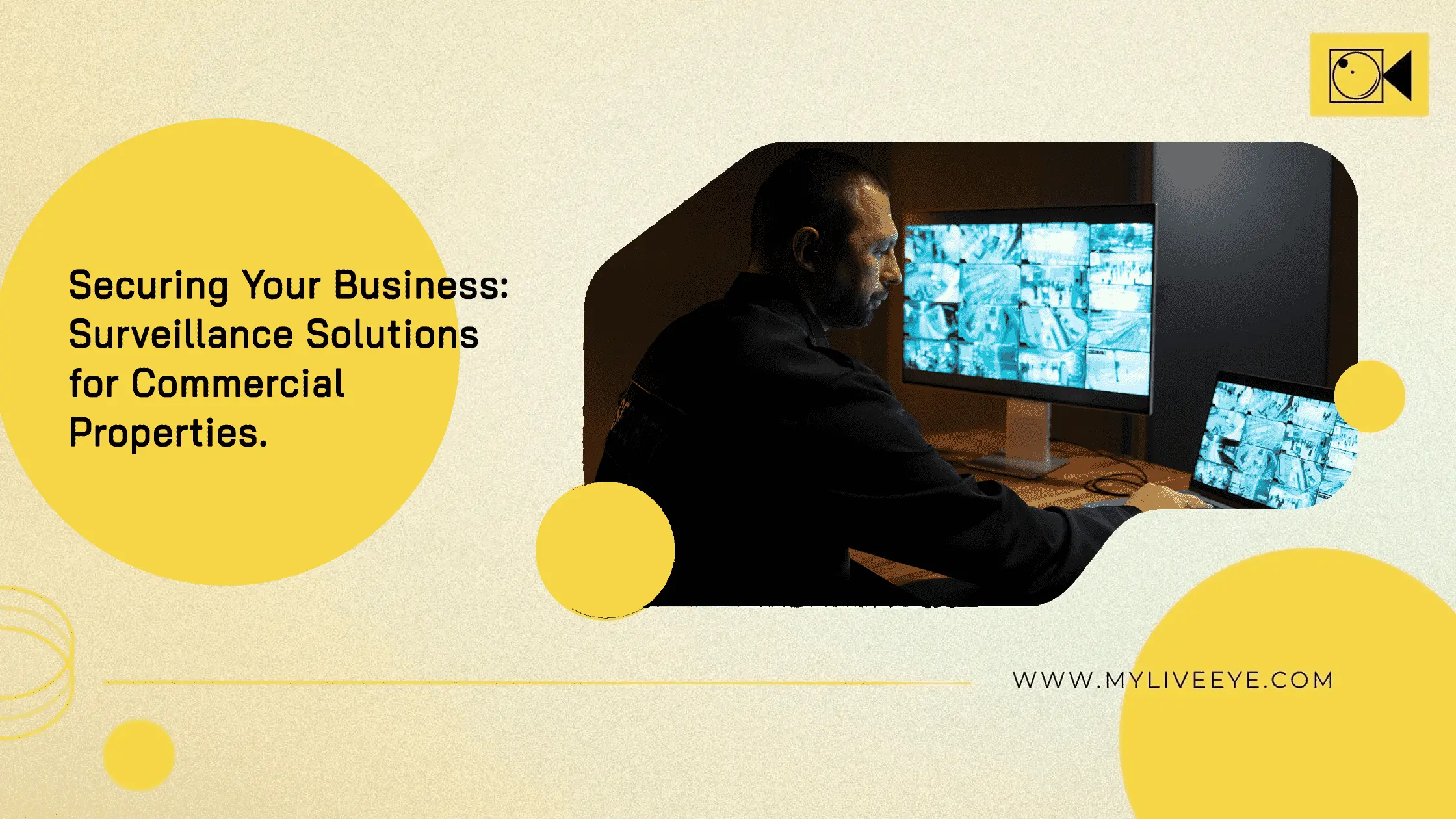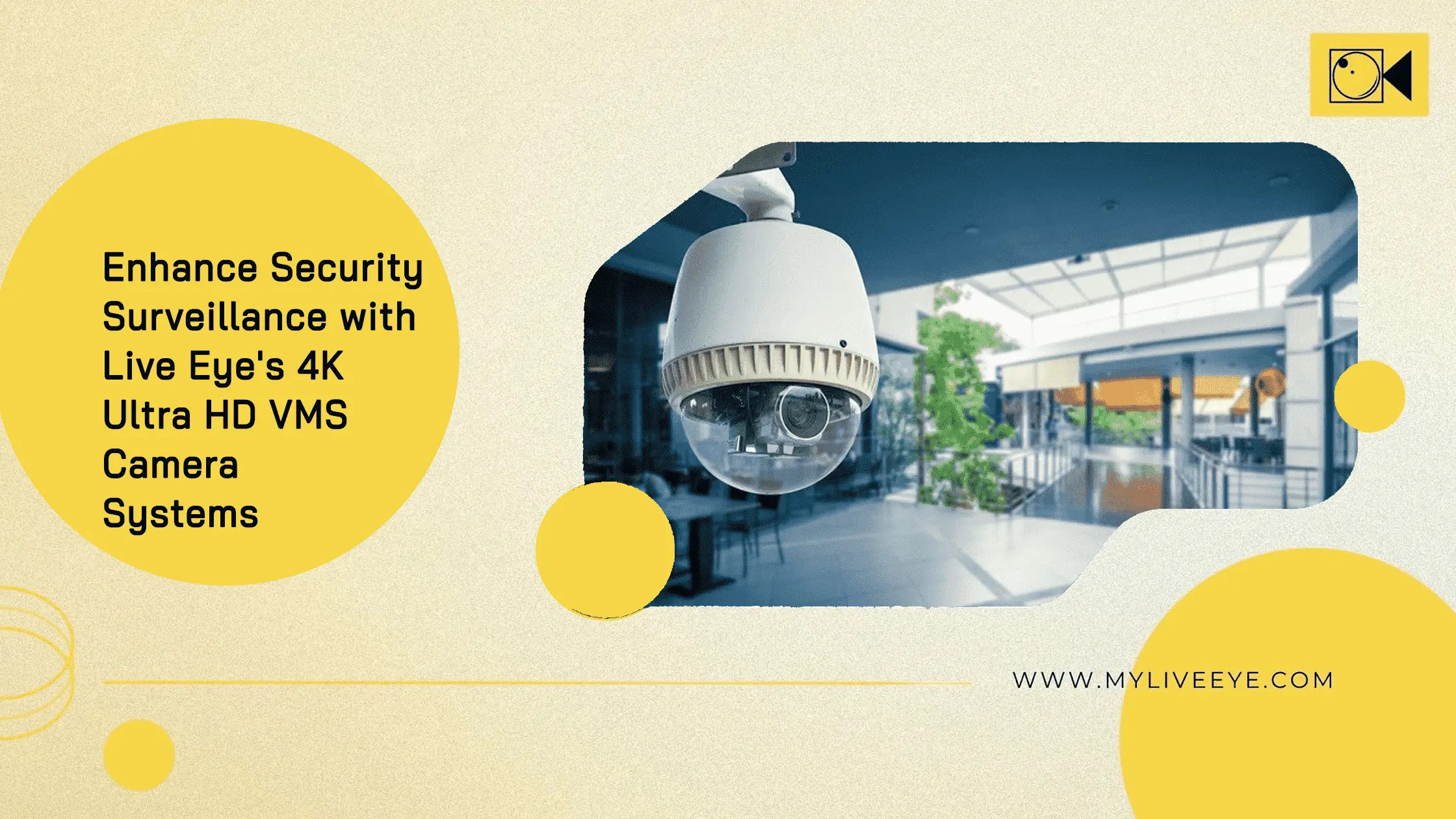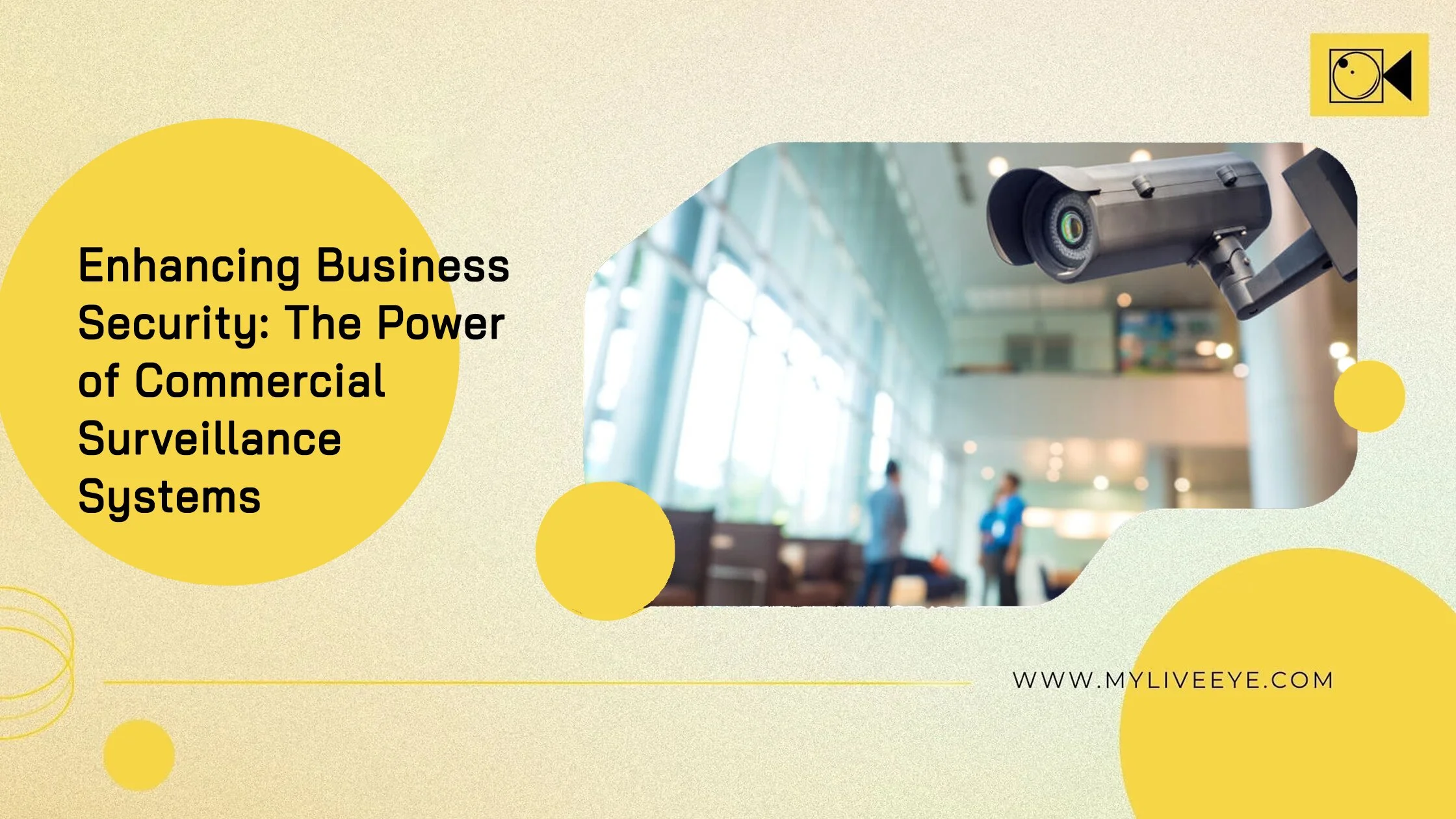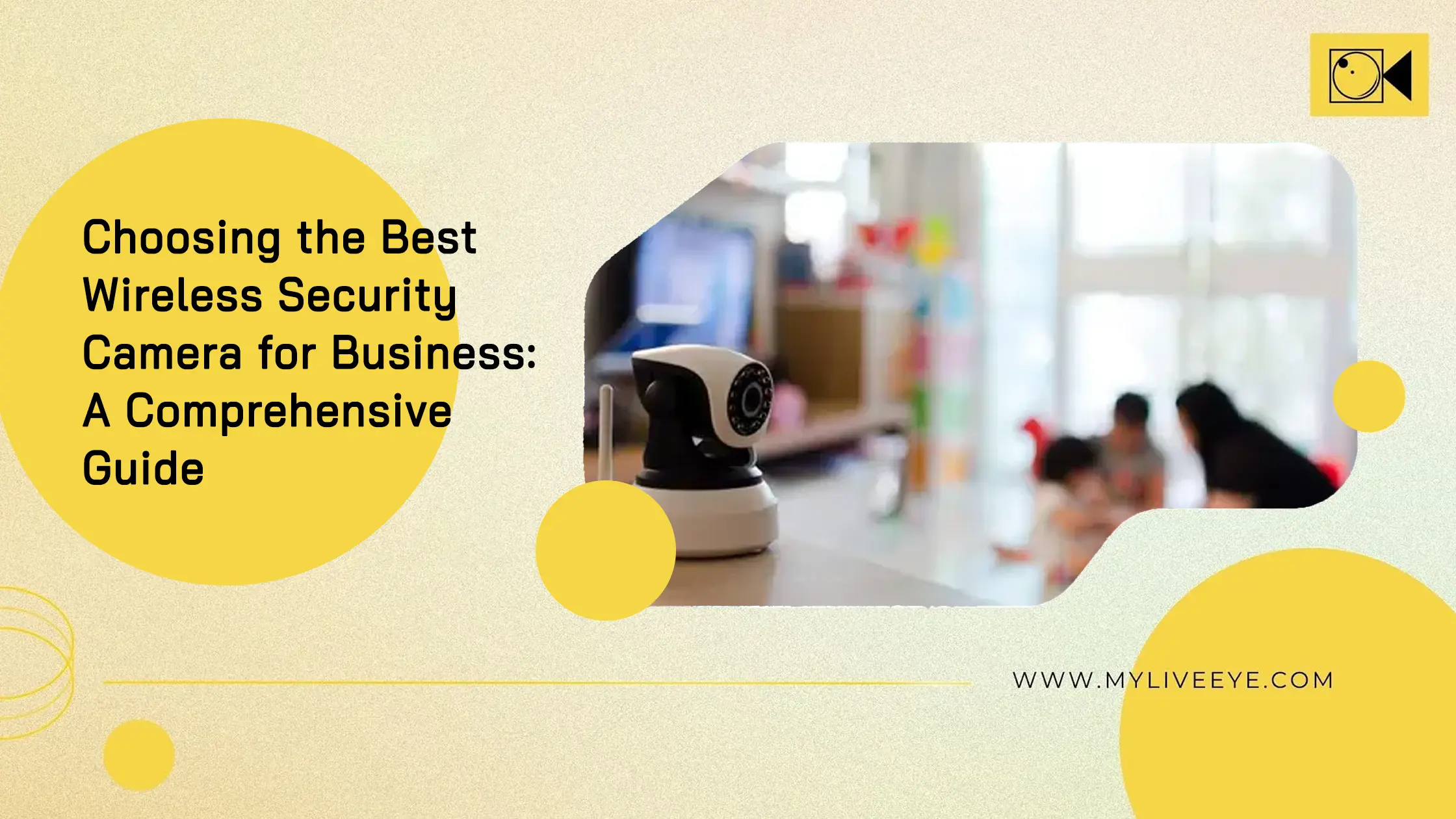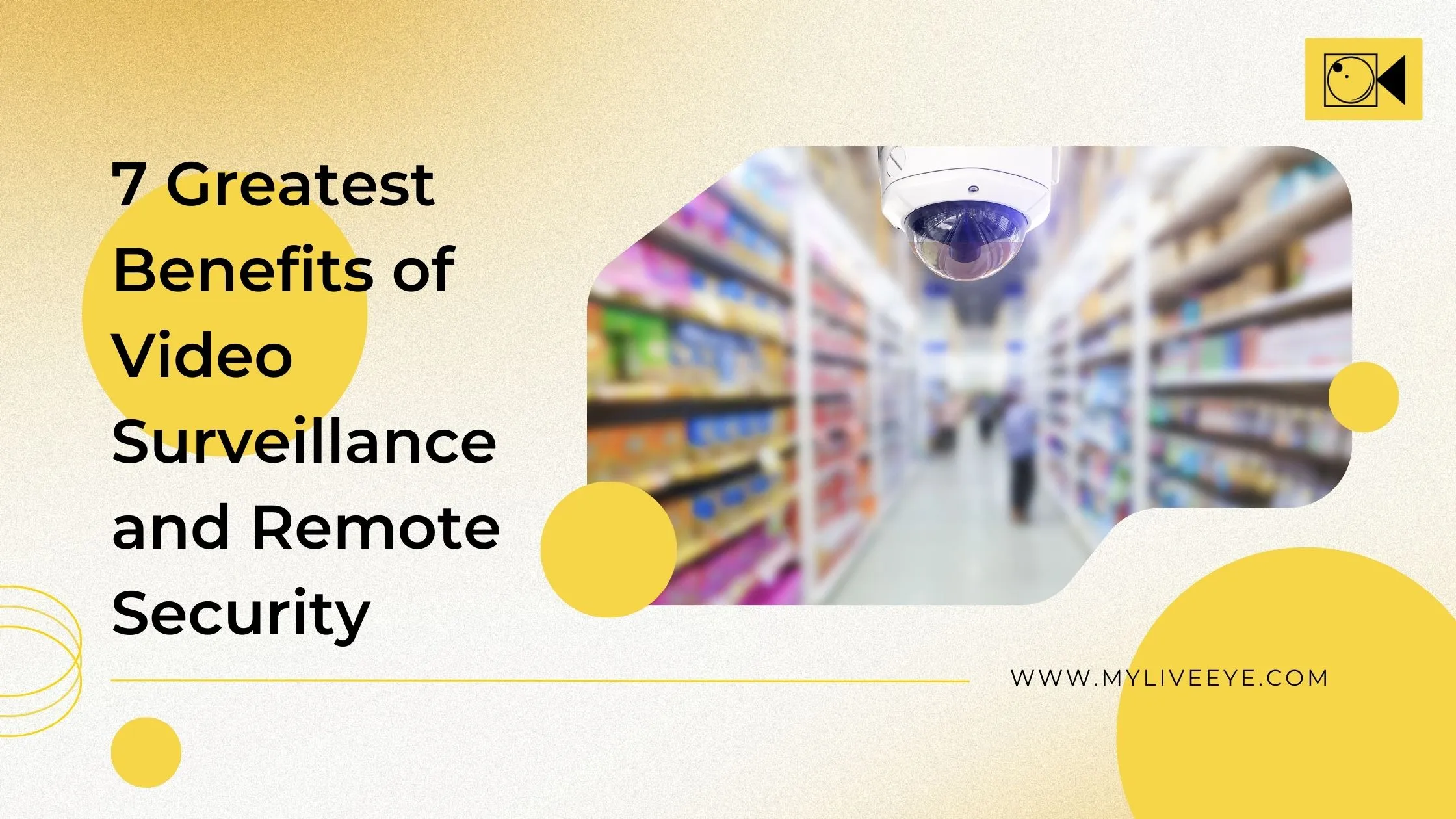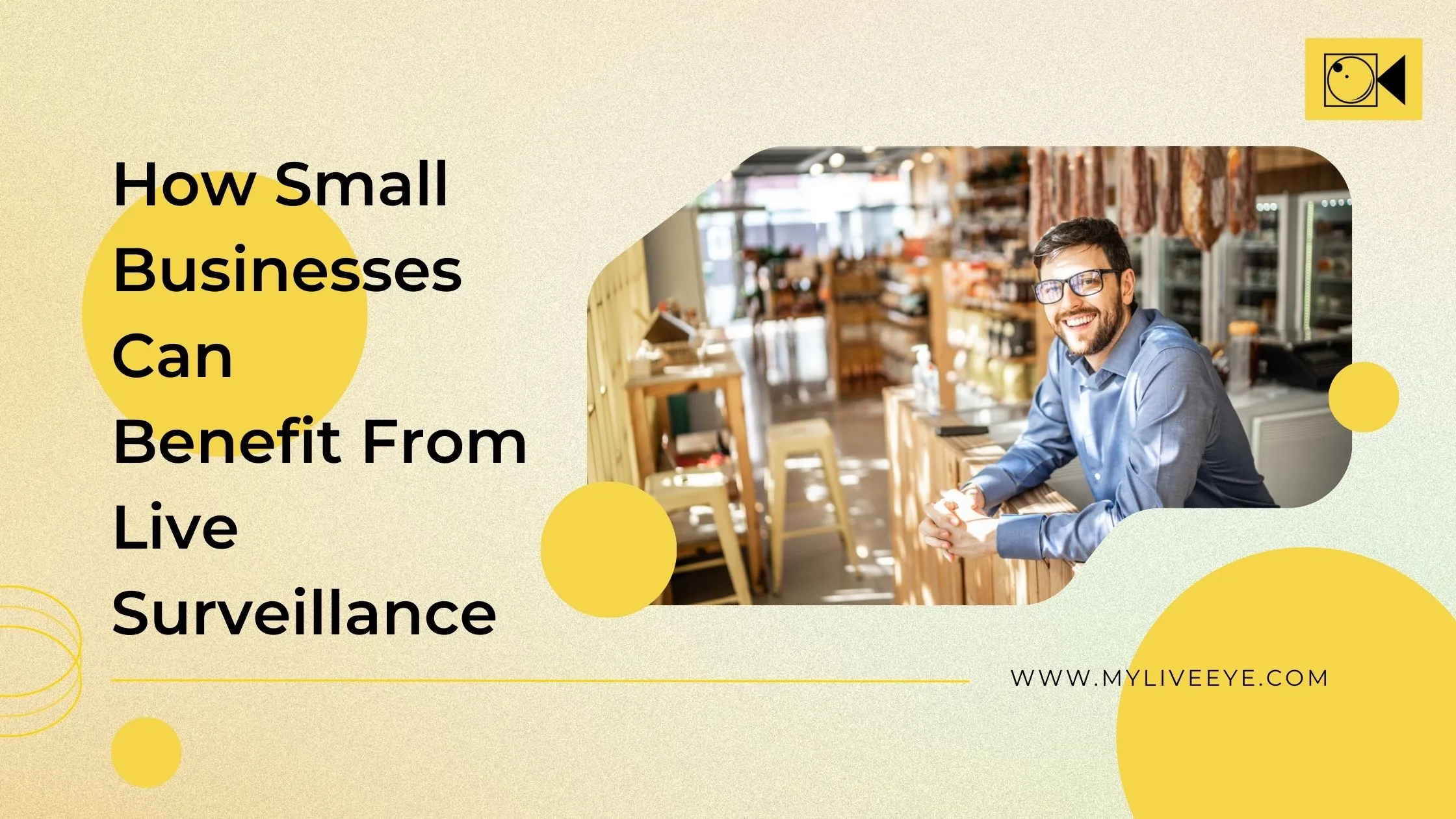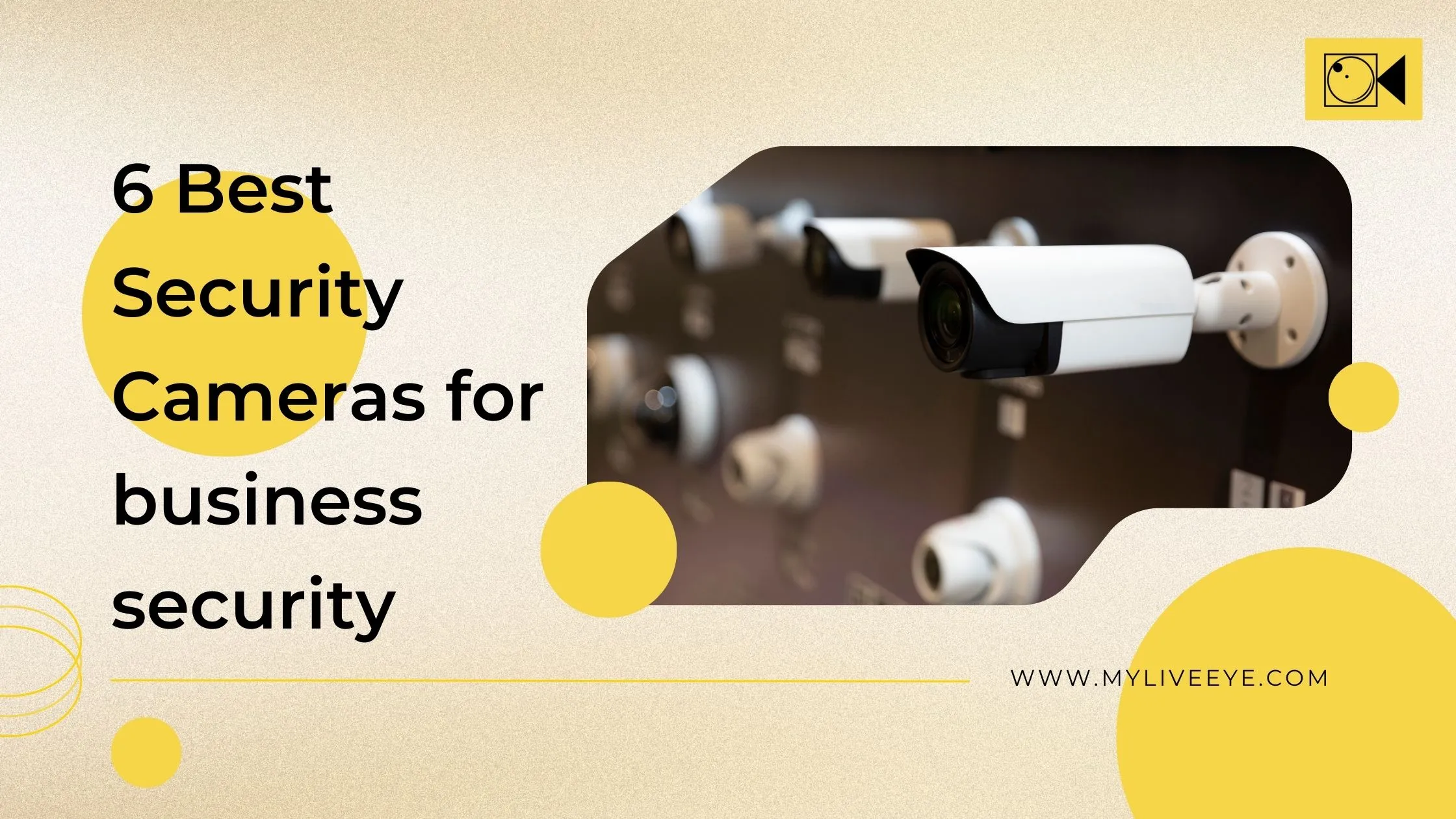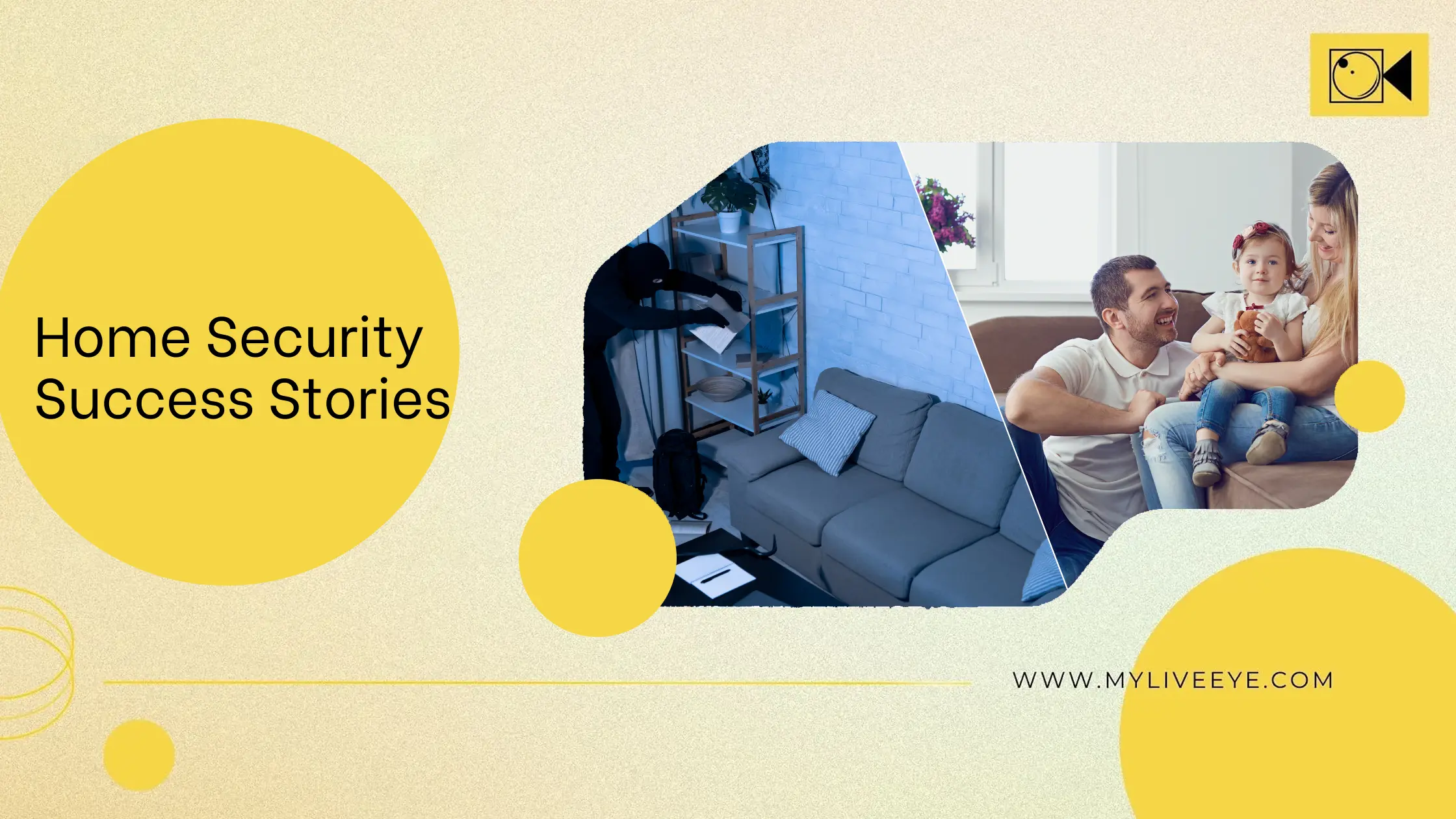
Secure Your Home: Top Residential Surveillance Tips
Safeguarding American Homes: Residential Surveillance Best Practices
In a world where security concerns are ever-present, safeguarding our homes has become a top priority for many Americans. Residential surveillance has emerged as a crucial component of home security solutions, offering peace of mind and protection against various threats. From burglary to vandalism, the importance of implementing effective surveillance measures cannot be overstated. In this blog, we'll delve into the significance of home security, explore the factors to consider when choosing surveillance systems, discuss the integration of smart home technology, weigh the pros and cons of DIY versus professional installation, examine the role of neighbourhood watch programs, and showcase case studies of successful home security implementations.
Importance of Home Security
Home security goes beyond mere property protection; it's about safeguarding the sanctity and safety of our families. According to statistics, residential burglaries account for many property crimes in the United States. An effective surveillance system deters potential intruders and provides invaluable evidence in a security breach. Moreover, technological advancements have made home surveillance more accessible and affordable, empowering homeowners to take proactive measures to secure their properties.
Choosing the Right Surveillance System for Homes
Selecting the appropriate surveillance system requires careful consideration of various factors, including budget, property size, and desired features. Modern surveillance systems offer a range of options, from traditional CCTV cameras to wireless, smart home-enabled devices. Key features to look for include:
- High-definition video quality.
- Night vision capabilities.
- Motion detection.
- Remote access via smartphone apps.
Consider whether you want a standalone system that integrates with existing smart home infrastructure for seamless automation and control.
Smart Home Integration with Security
The integration of surveillance systems with smart home technology has revolutionized residential security. Intelligent doorbells and motion sensors can be connected to a centralized hub, allowing homeowners to monitor and manage their security remotely. Integration with virtual assistants like Amazon Alexa and Google Assistant further enhances convenience by enabling voice control functionality. Moreover, smart home security systems can be customized to send real-time alerts and notifications to users' smartphones, ensuring prompt action in emergencies.
DIY vs. Professional Installation for Homes
When installing a surveillance system, homeowners must weigh the pros and cons of DIY versus professional installation. DIY kits offer affordability and flexibility, allowing individuals to customize their setups according to their needs. However, DIY installation may need more expertise and precision from professional installers, potentially compromising the system's effectiveness. On the other hand, professional installation ensures proper placement and setup of cameras, maximizing coverage and minimizing blind spots. While it may come at a higher cost, professional installation offers peace of mind and assurance of quality artistry.
Neighbourhood Watch Programs and Surveillance
Neighbourhood watch programs play a crucial role in enhancing residential surveillance efforts. By fostering a sense of community and collective responsibility, these programs empower residents to collaborate on security initiatives and share information about suspicious activities. Surveillance cameras installed in strategic locations can serve as a force multiplier for neighbourhood watch groups, providing additional eyes and ears to monitor and deter criminal activity. Moreover, the presence of visible surveillance cameras can act as a deterrent, discouraging would-be intruders from targeting the area.
Case Studies on Successful Home Security Implementations
Numerous case studies illustrate the effectiveness of residential surveillance in enhancing home security. For example, a homeowner in a suburban neighbourhood installed a comprehensive surveillance system featuring high-definition cameras and motion-activated floodlights. When an attempted burglary occurred, the cameras captured clear footage of the perpetrators, leading to their identification and apprehension by law enforcement. In another case, a rural property owner used solar-powered cameras and wireless monitoring to protect a remote cabin from trespassers and wildlife threats. These examples highlight how proactive security measures can mitigate risks and safeguard American homes.
Conclusion
In conclusion,residential surveillance is vital in safeguarding American homes against various threats. By investing in the right surveillance system, integrating smart home technology, and leveraging community resources like neighbourhood watch programs, homeowners can enhance their security posture and protect their families and properties. Whether opting for DIY installation or seeking professional assistance, the key is prioritising safety and taking proactive steps to deter and detect potential threats. By embracing best practices in residential surveillance, we can create safer and more secure communities nationwide.
Also read: Washington D.C. Surveillance: Security Solutions.

